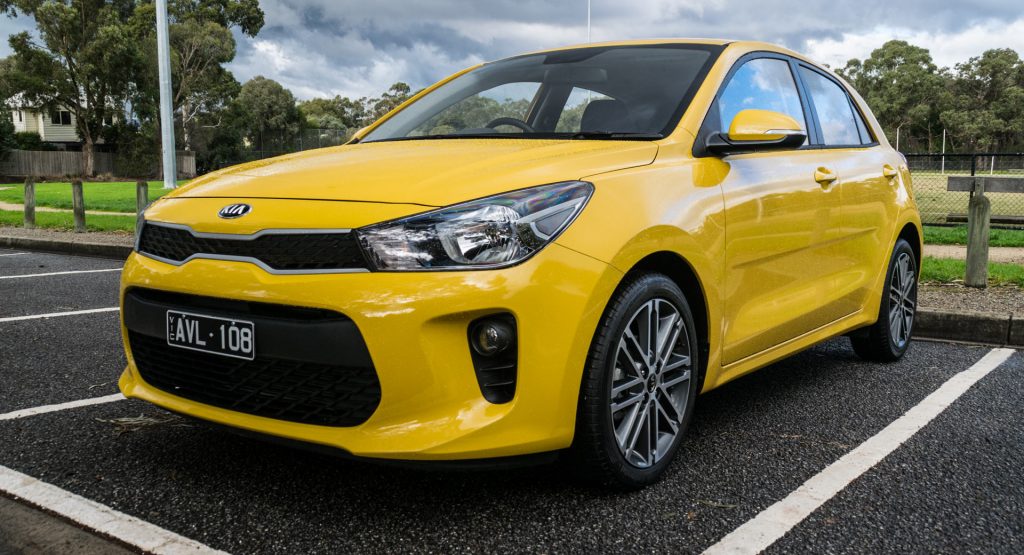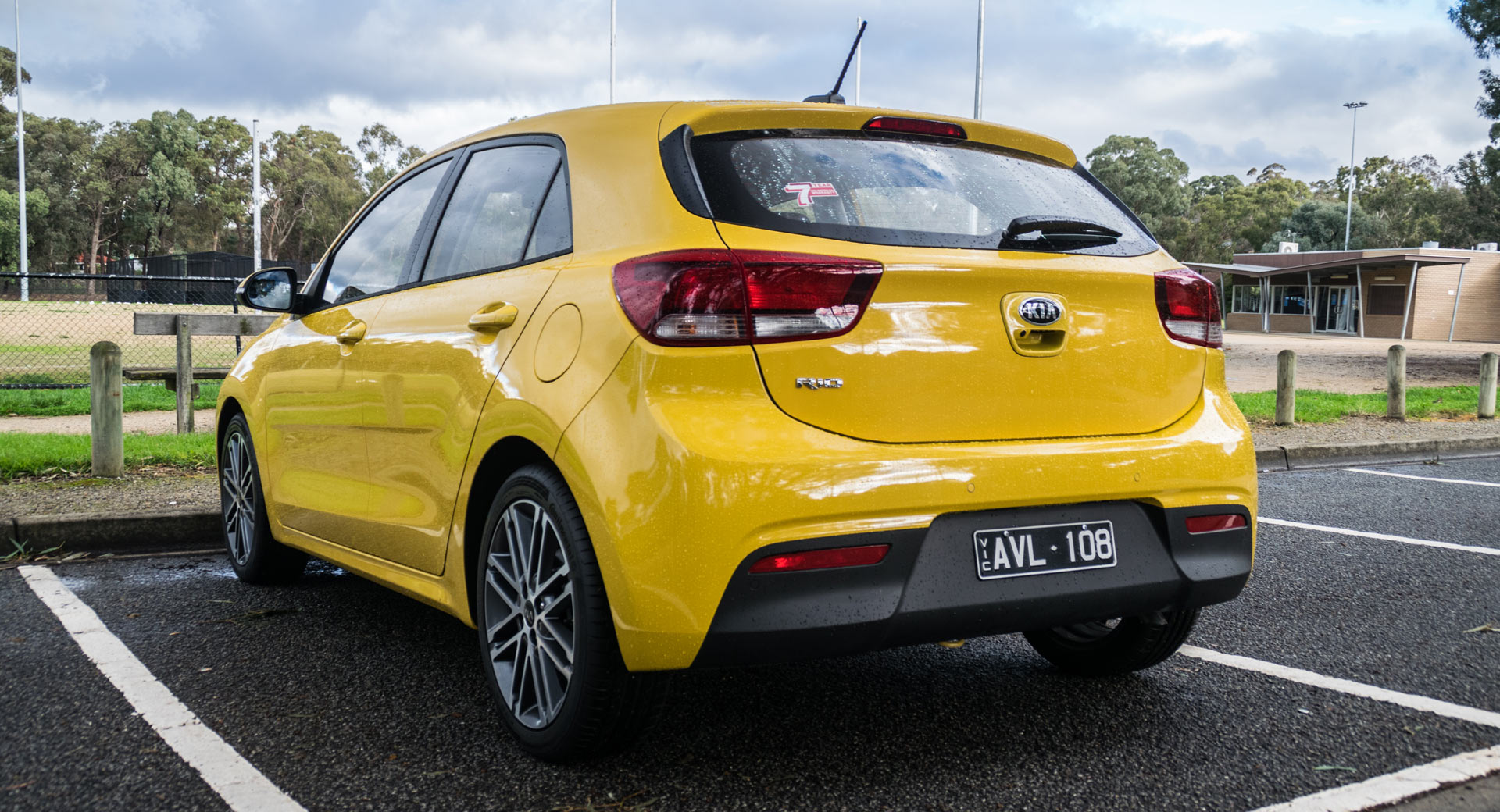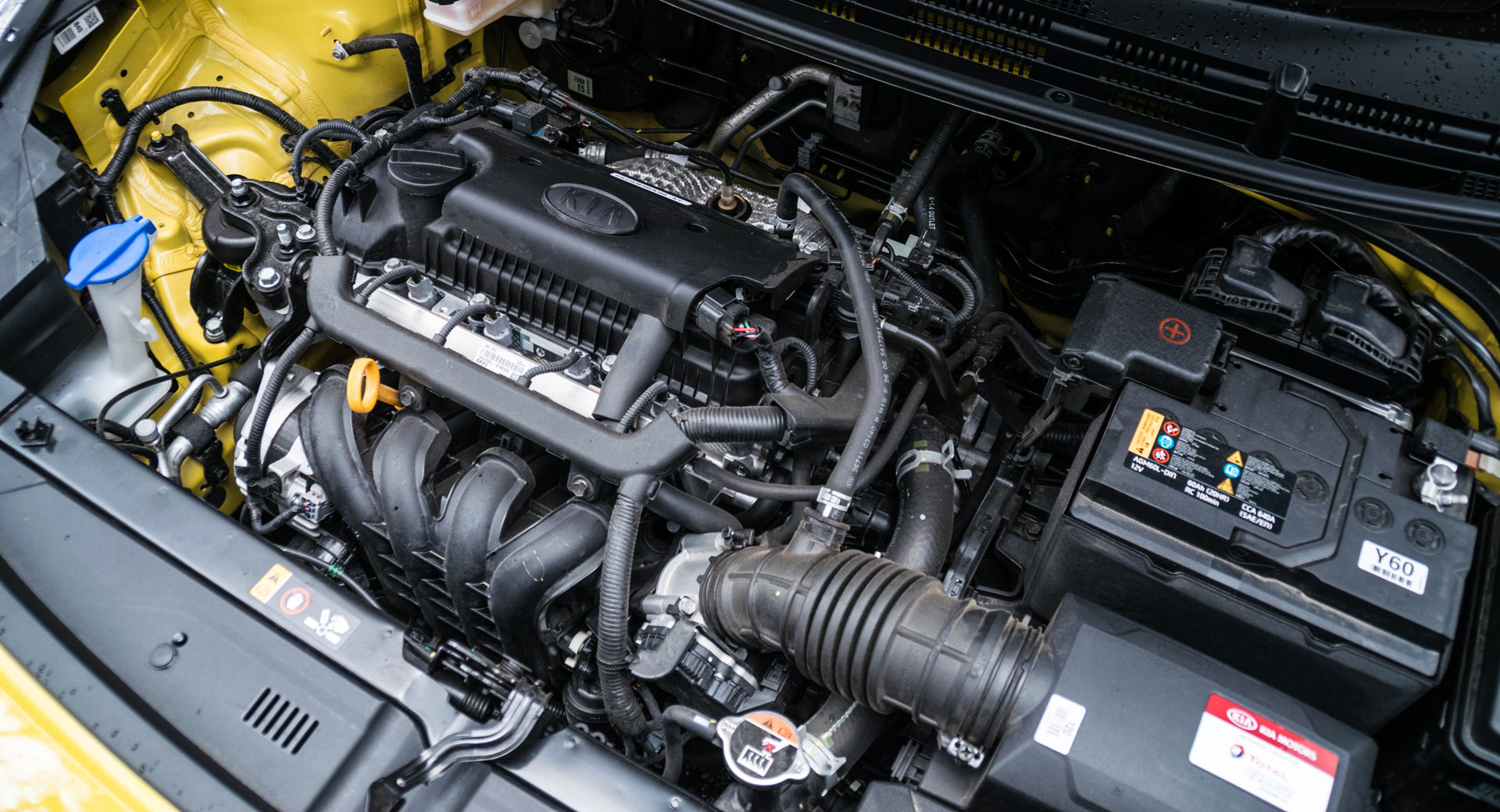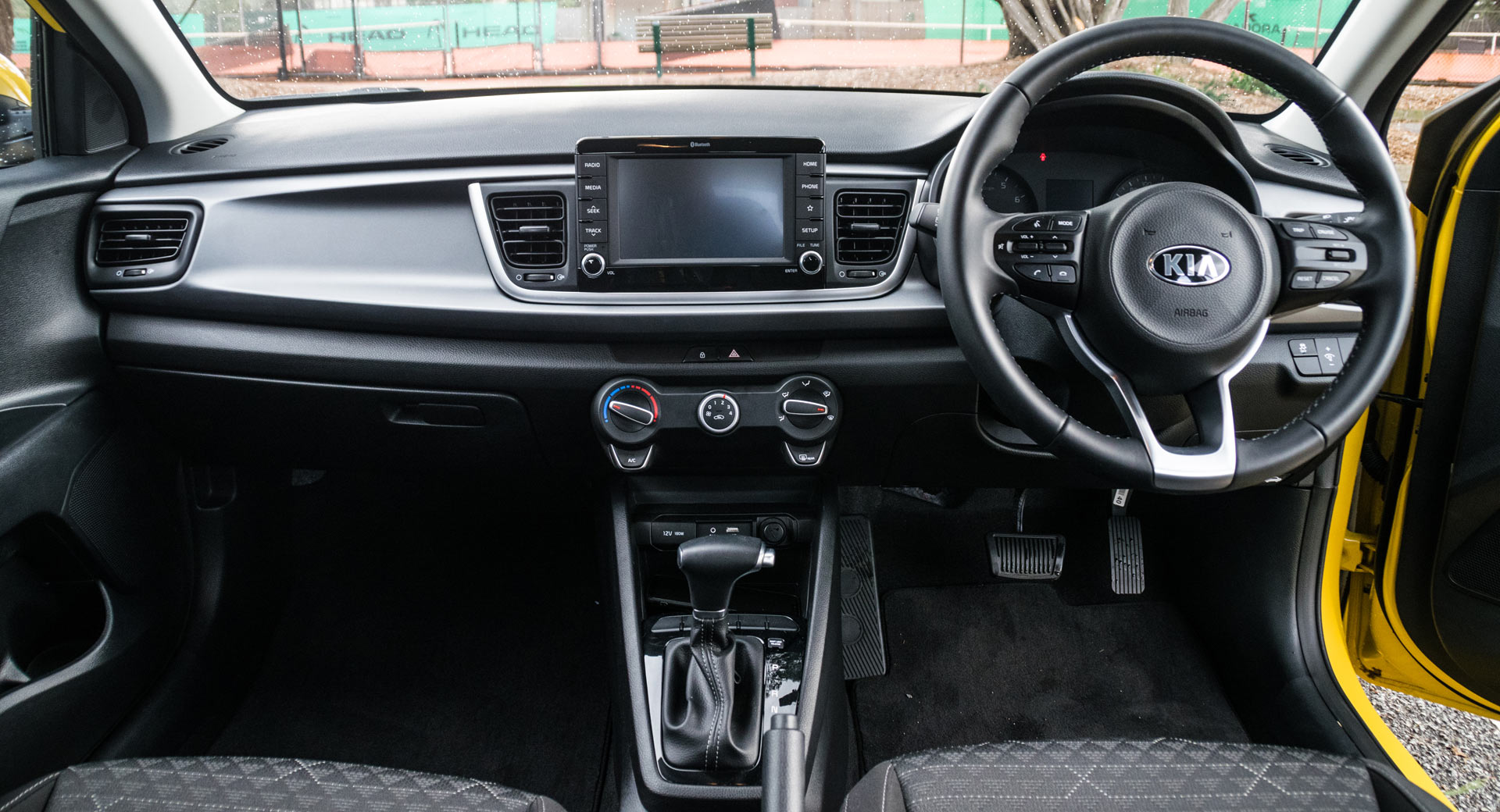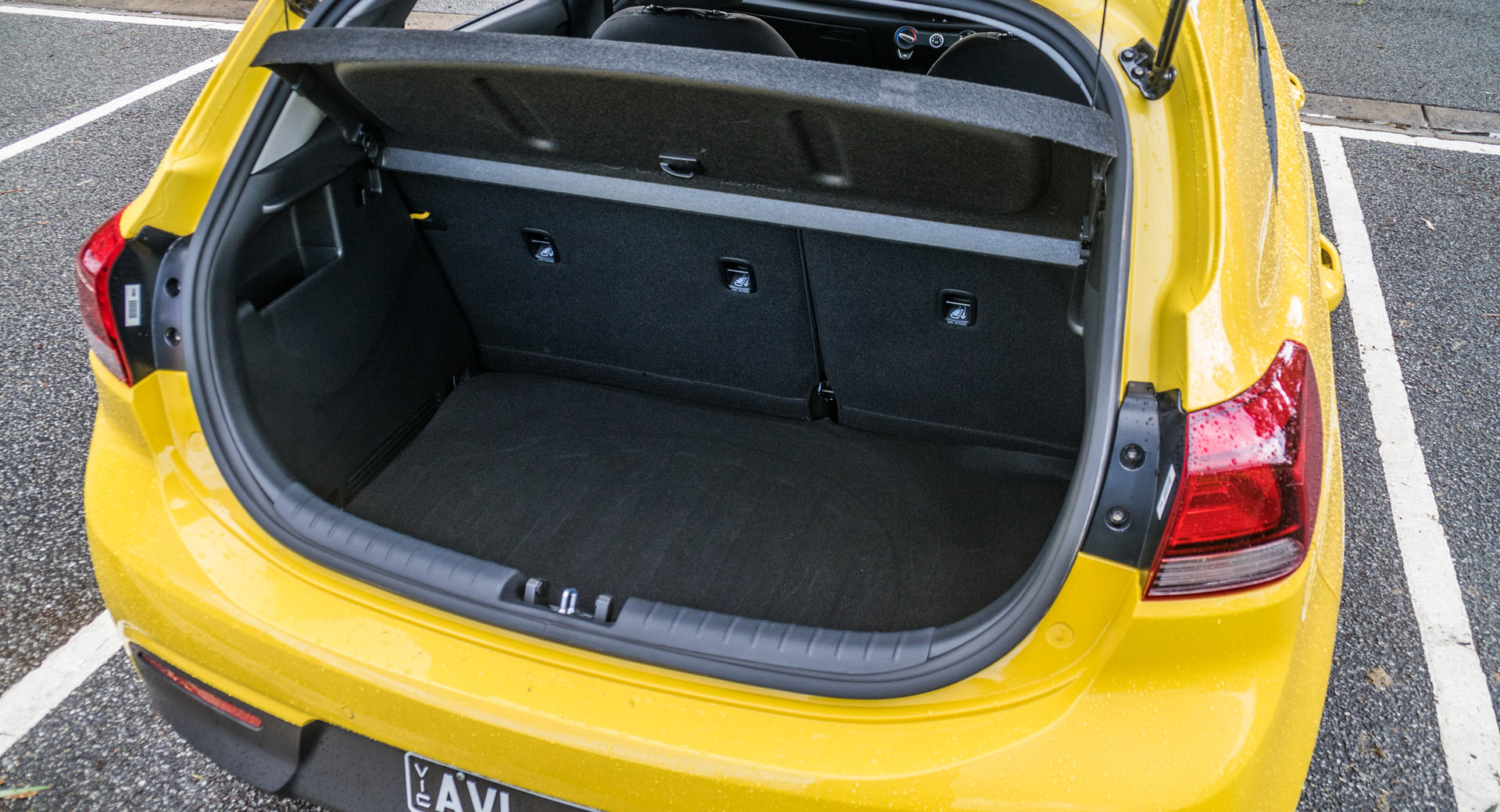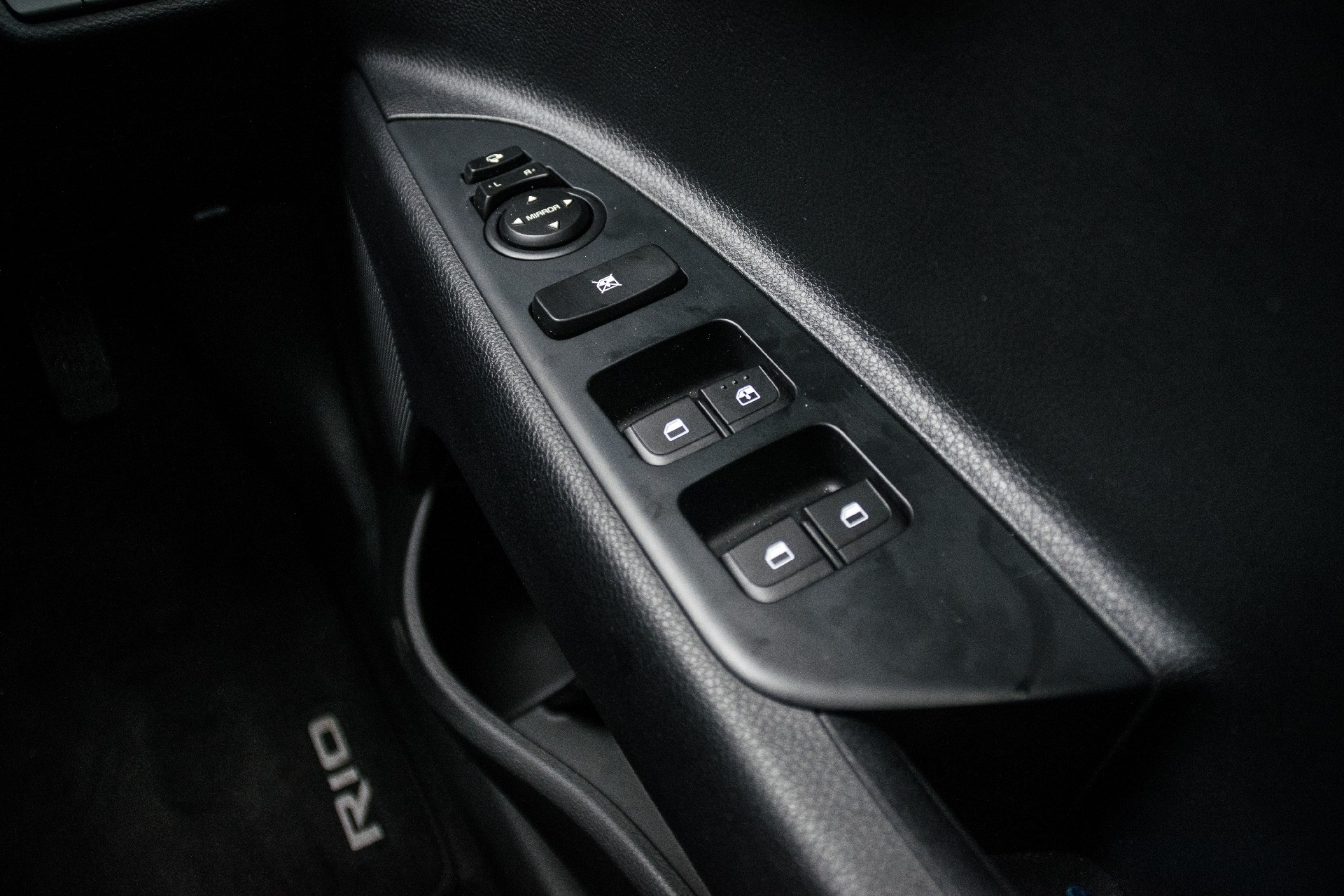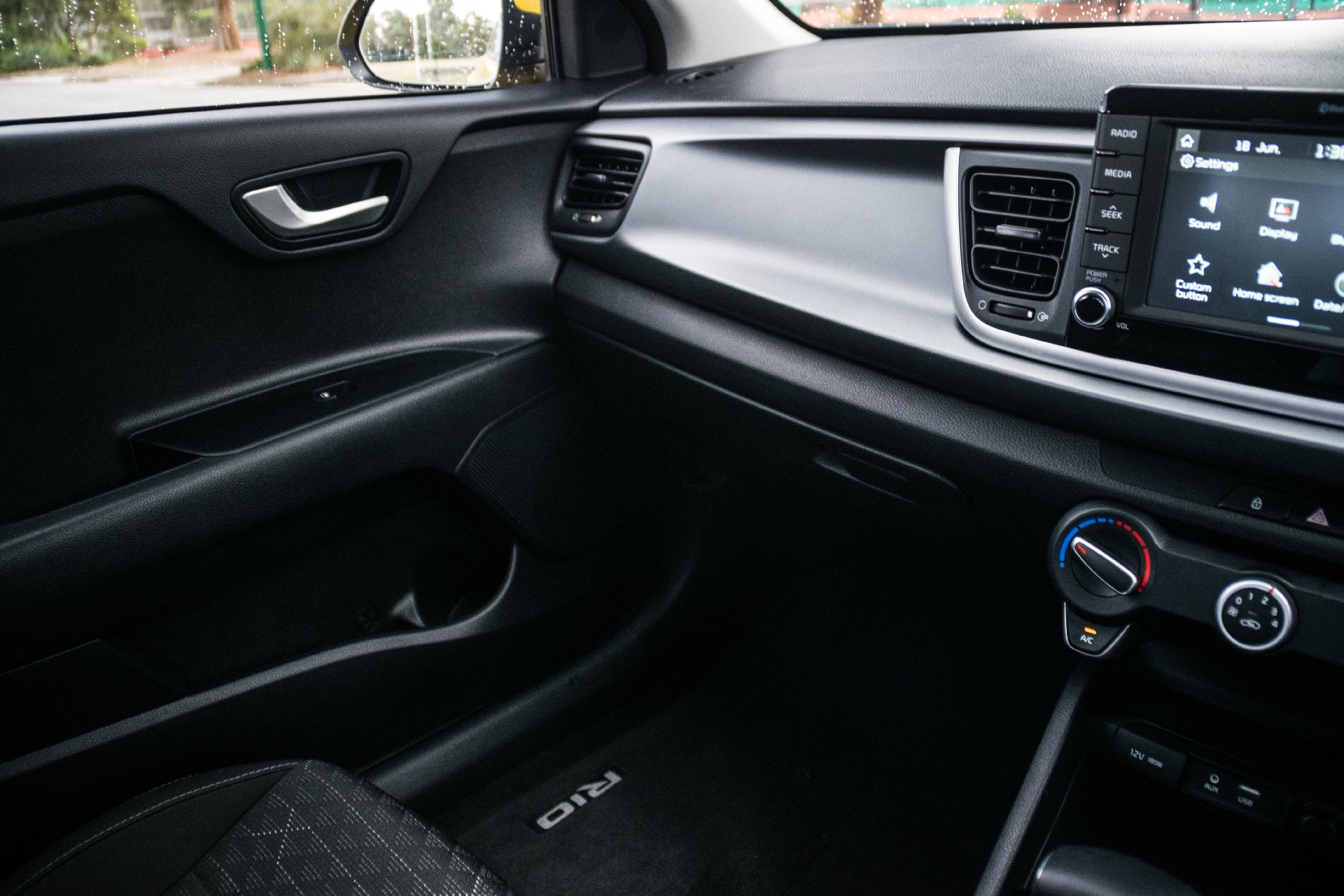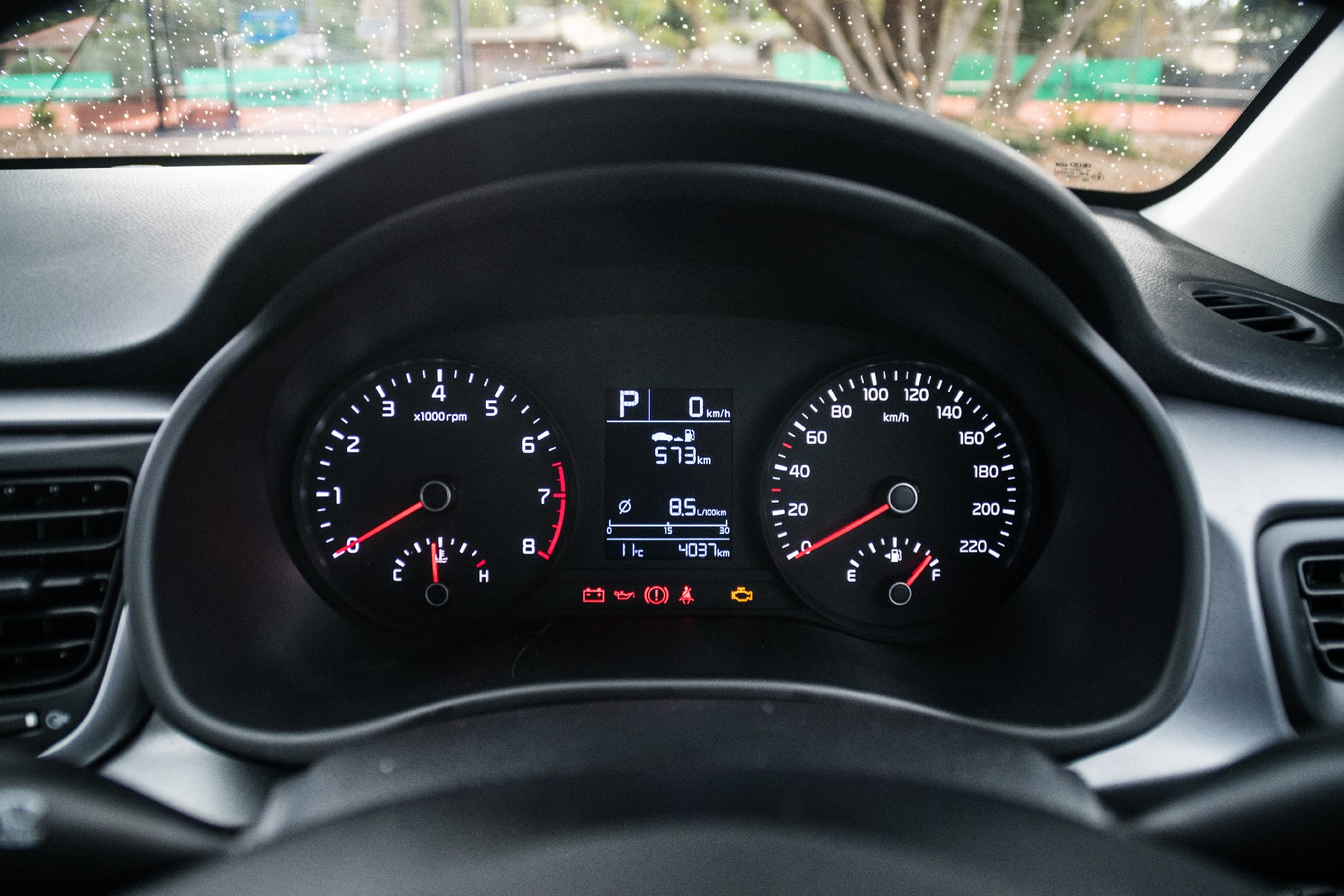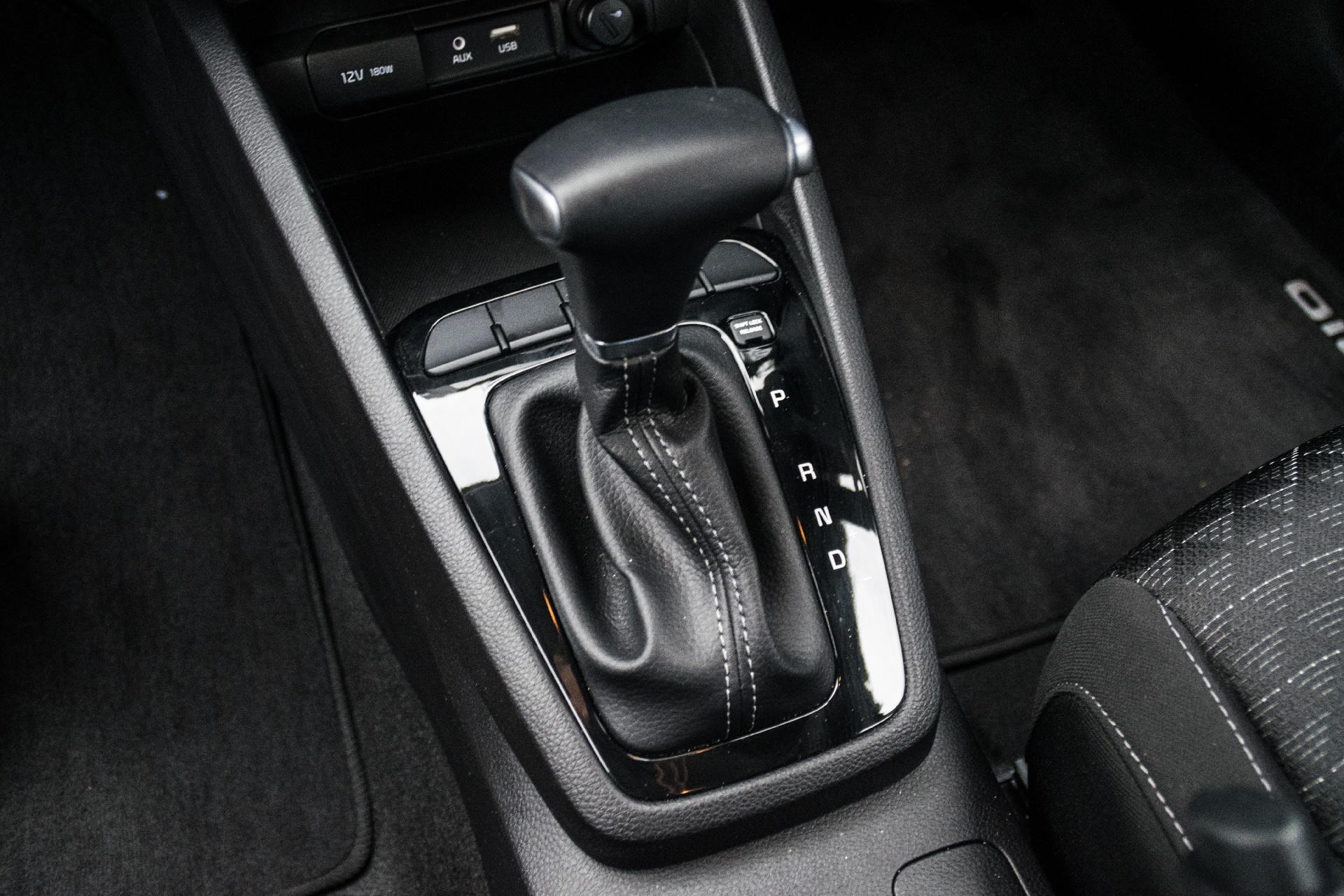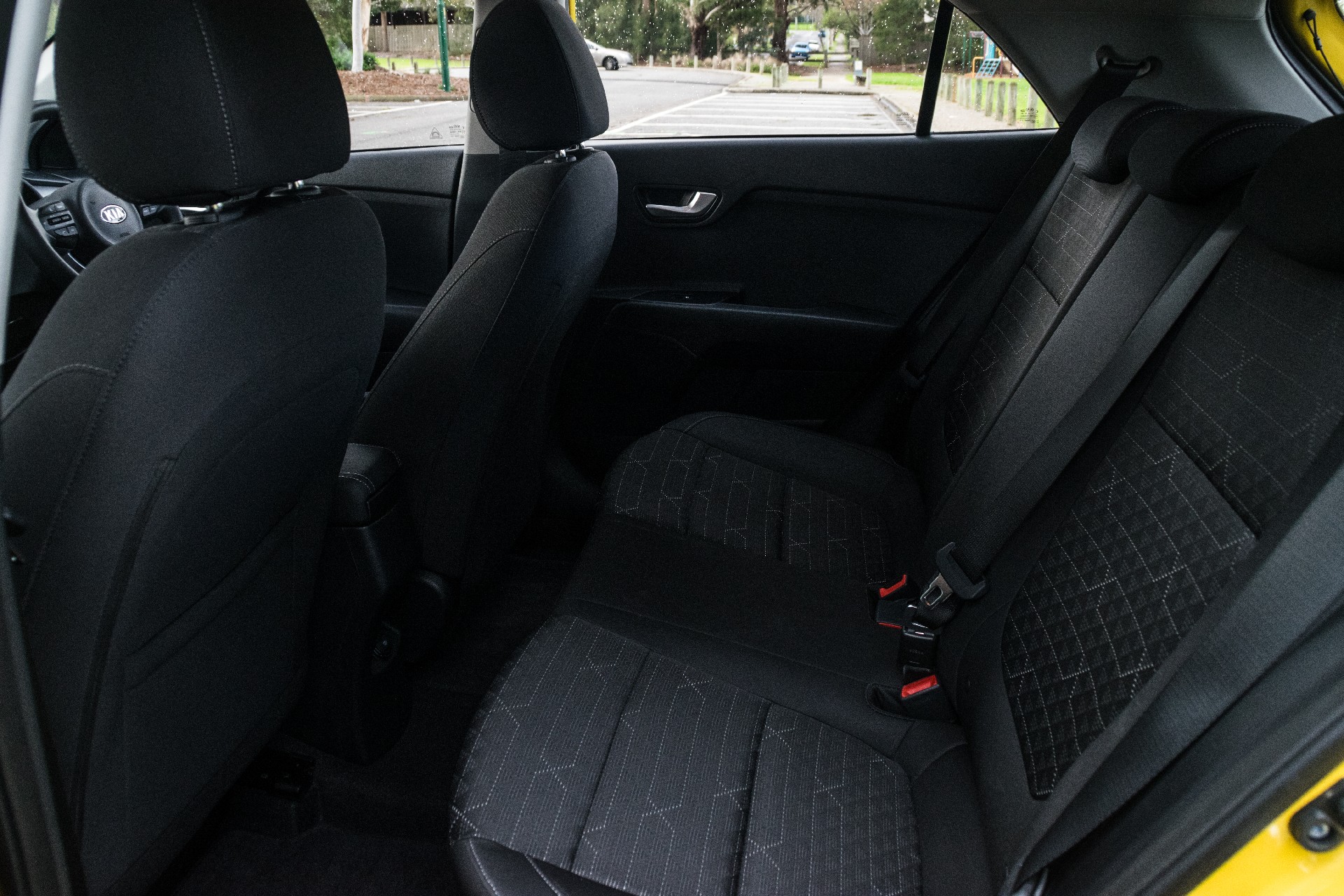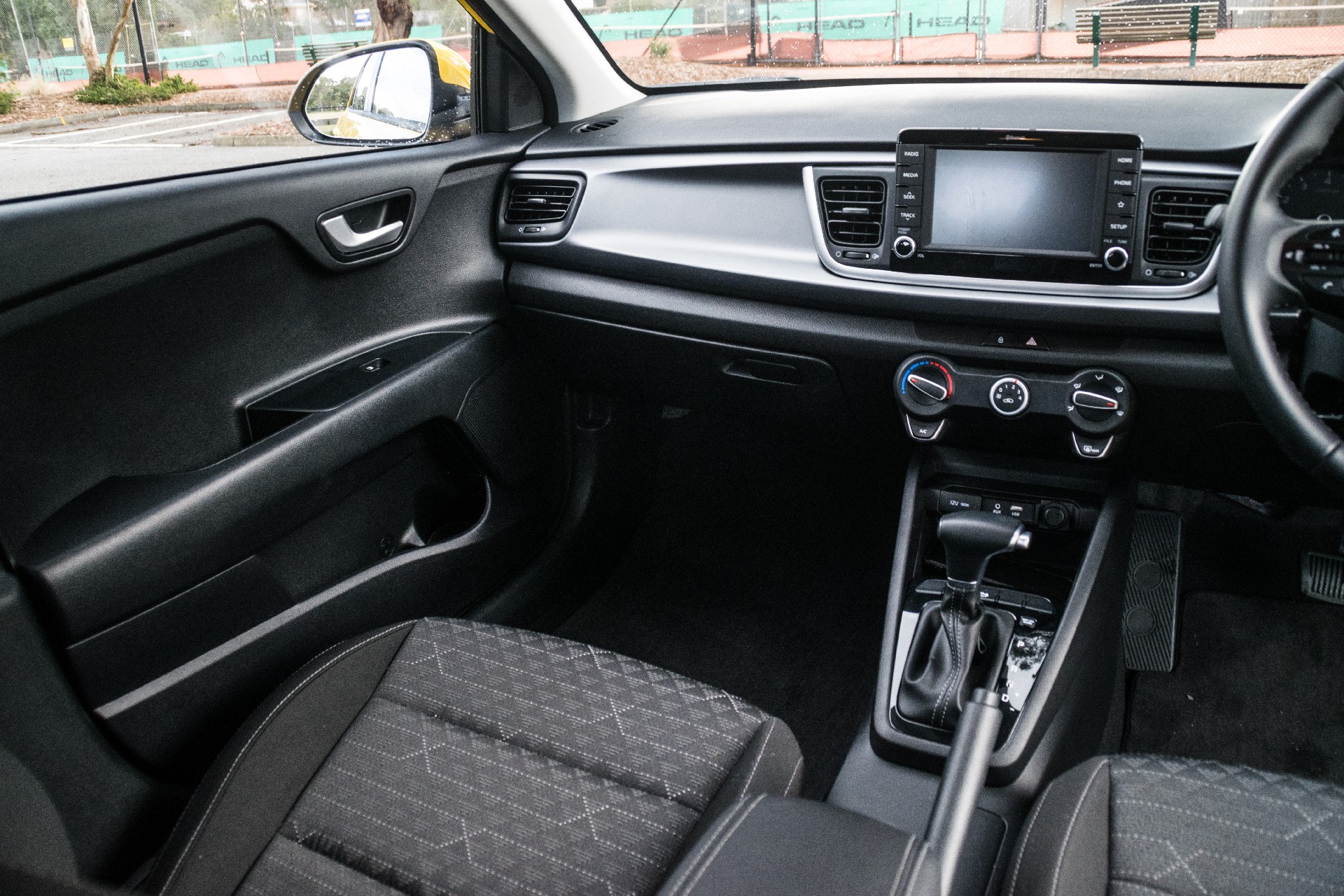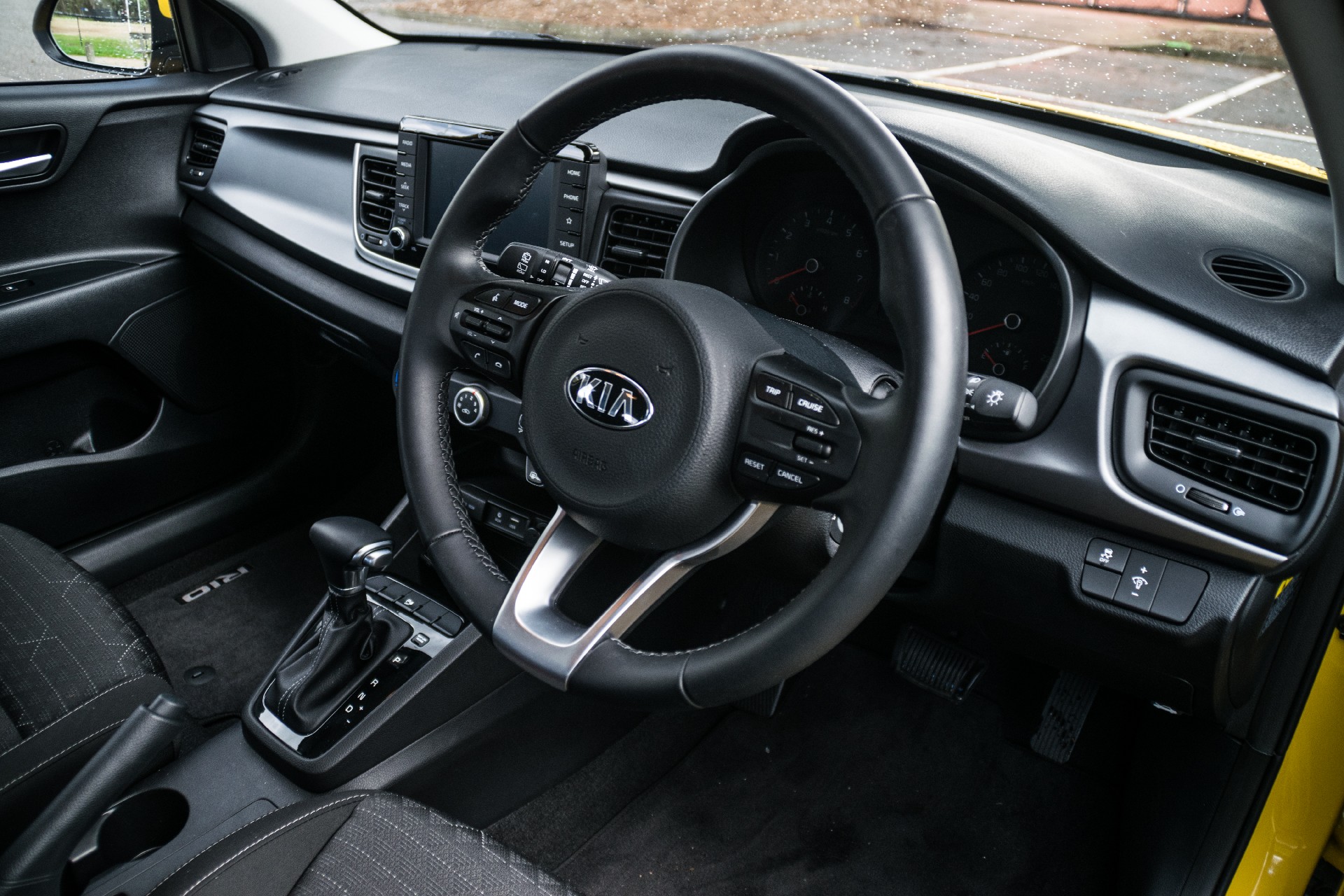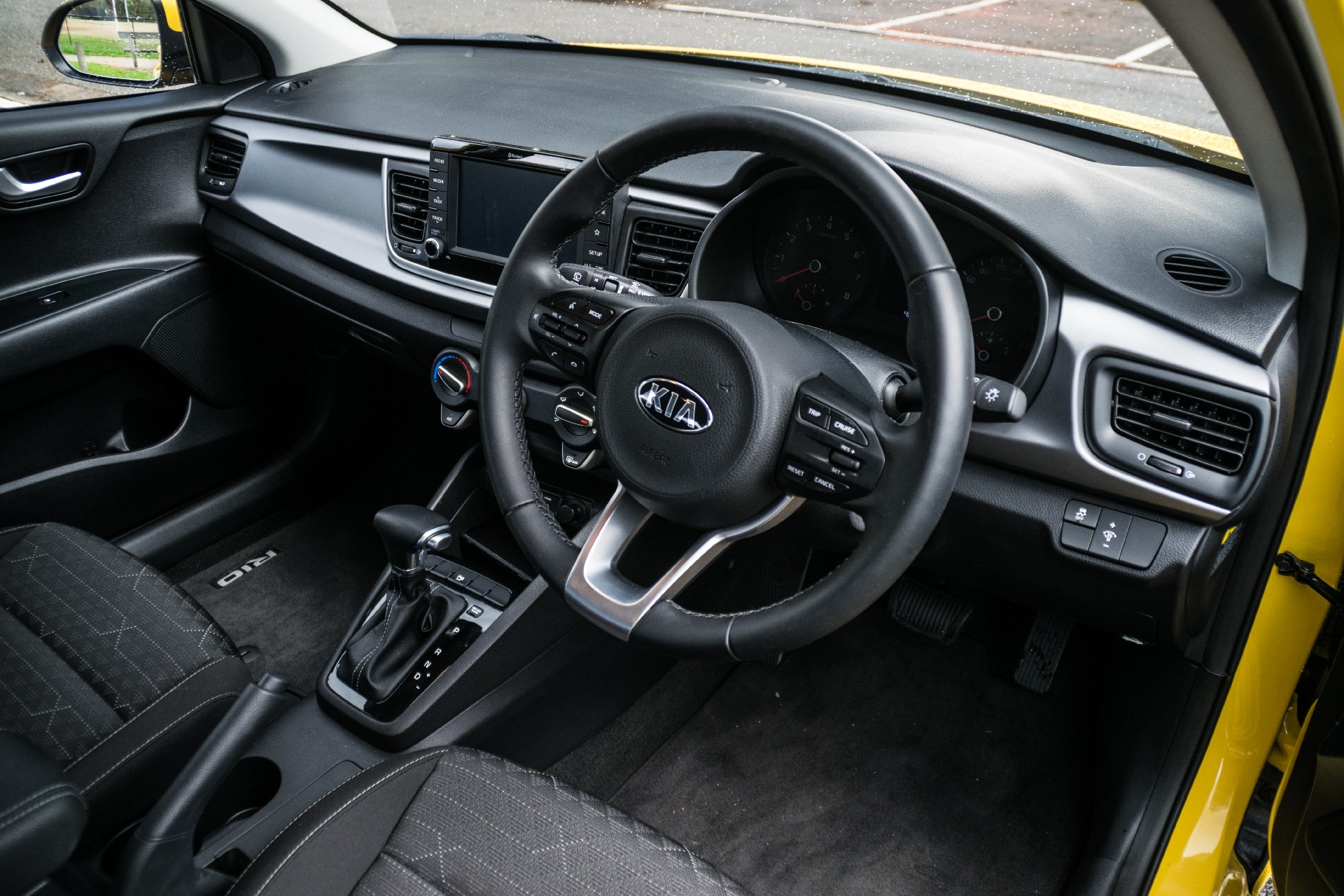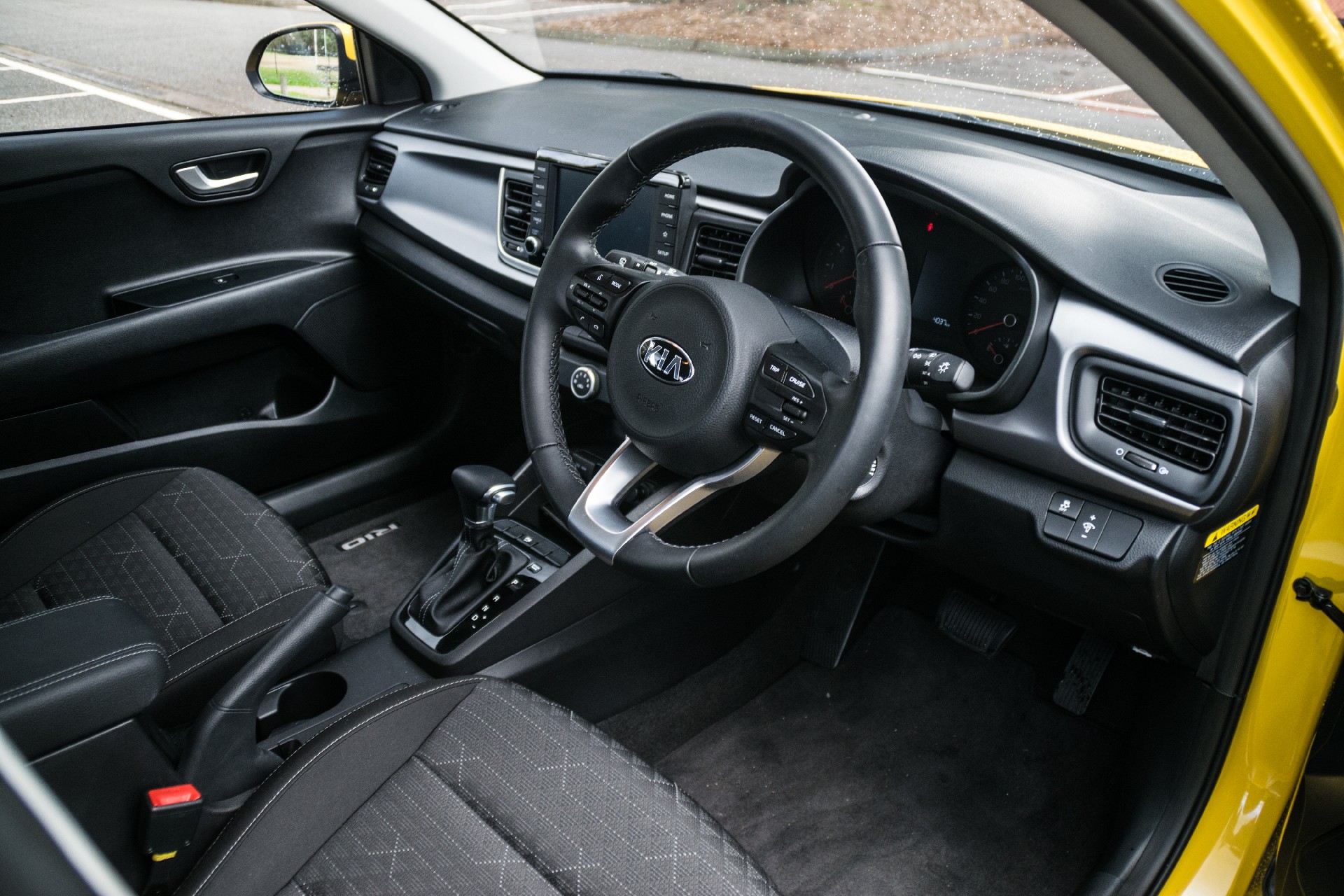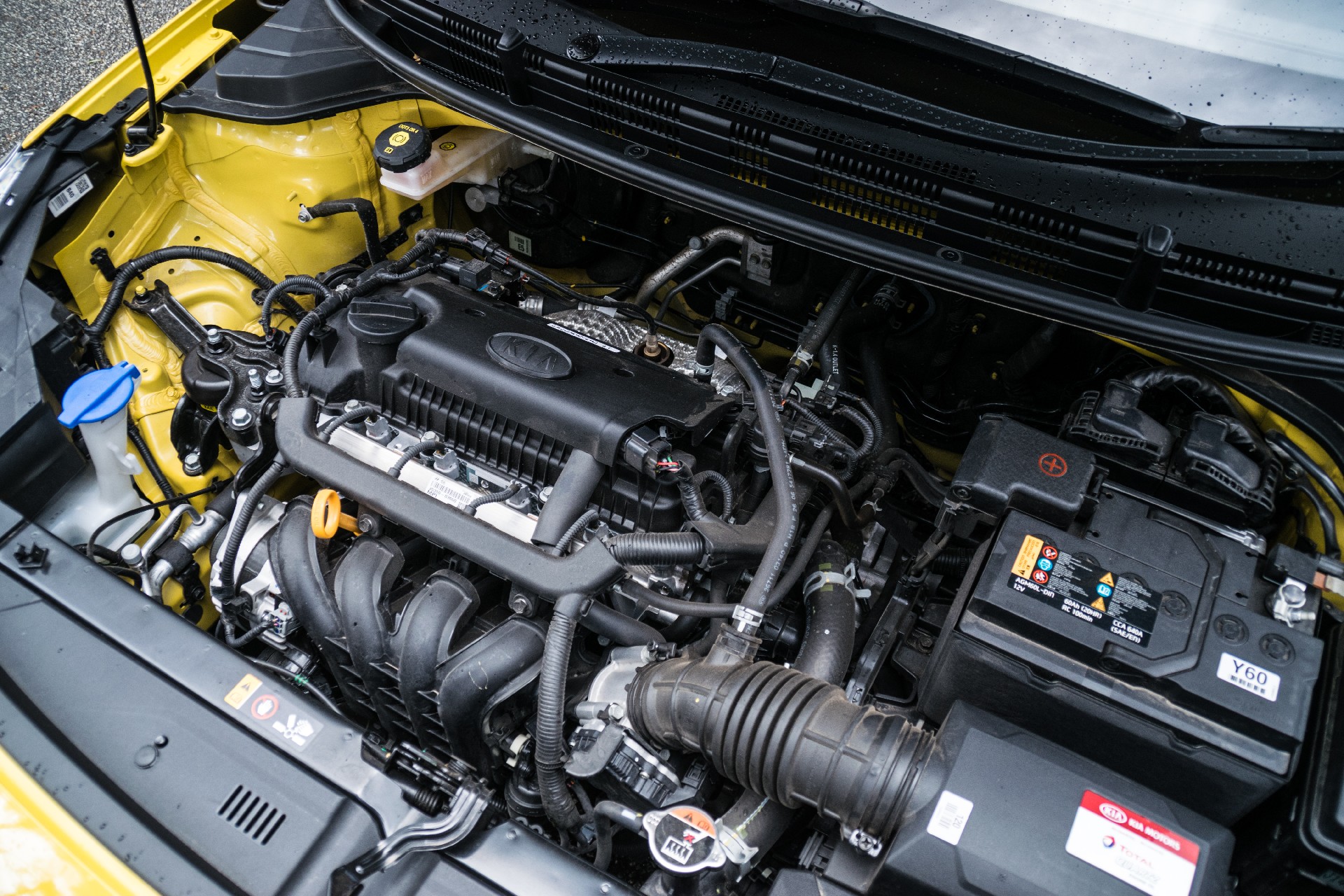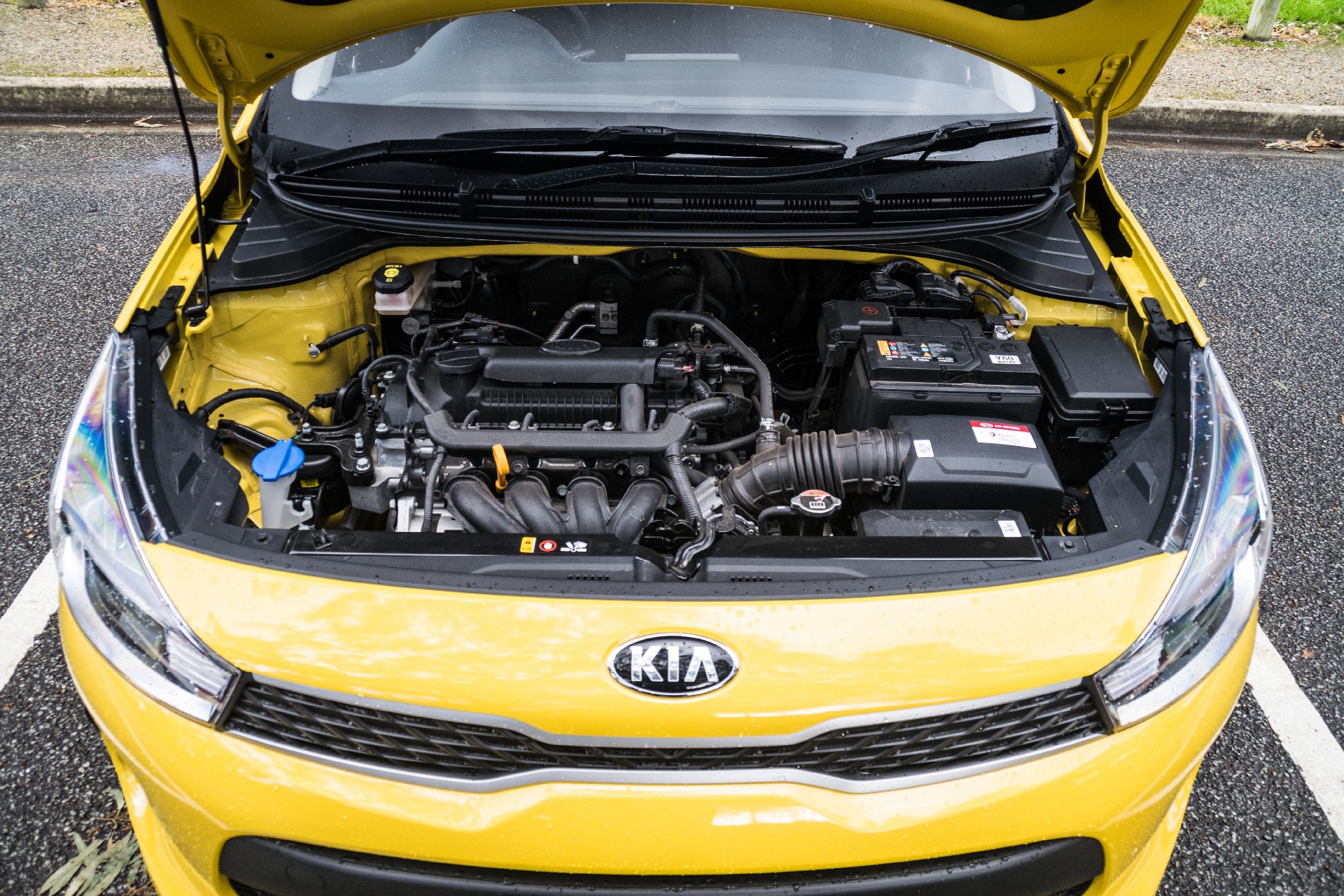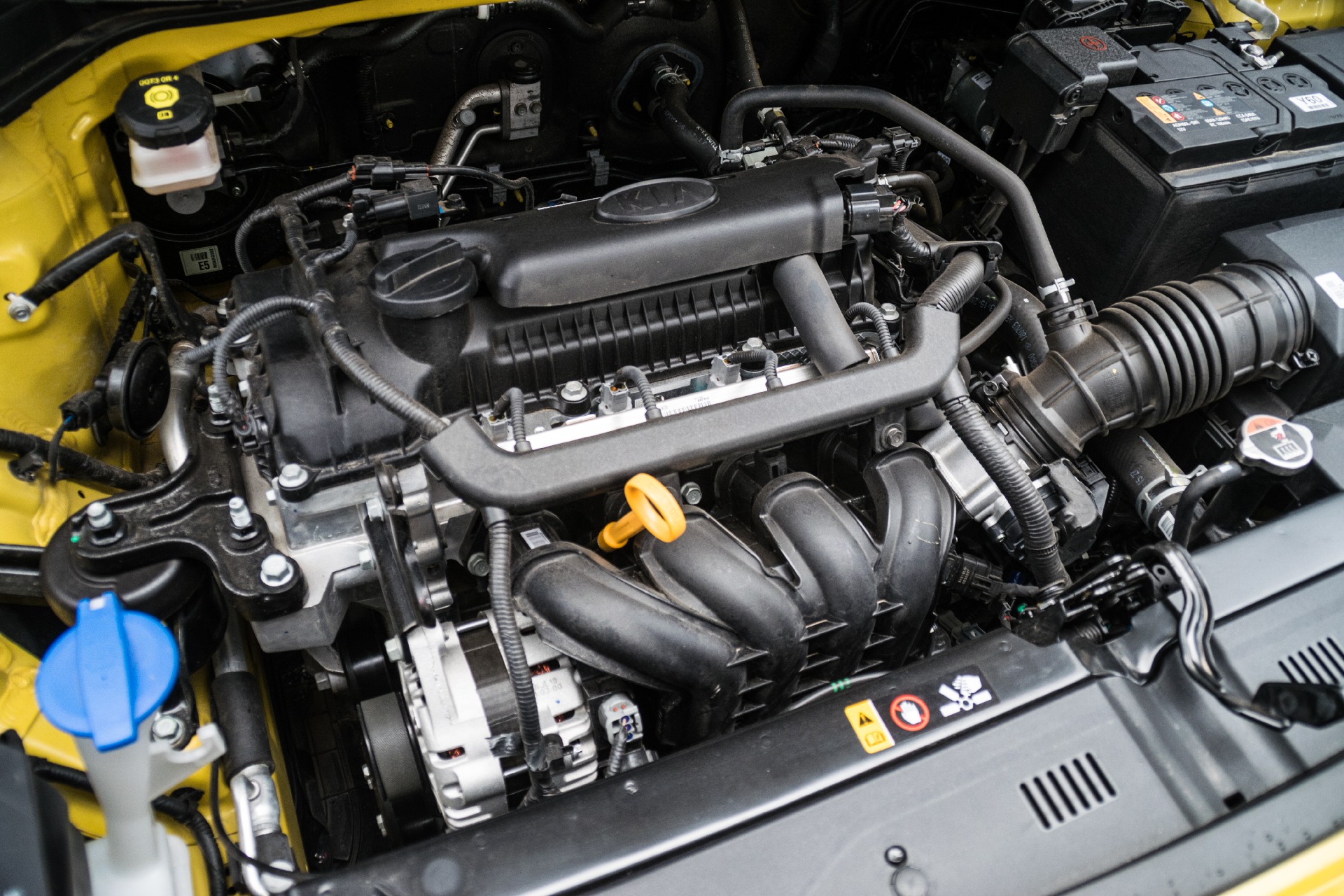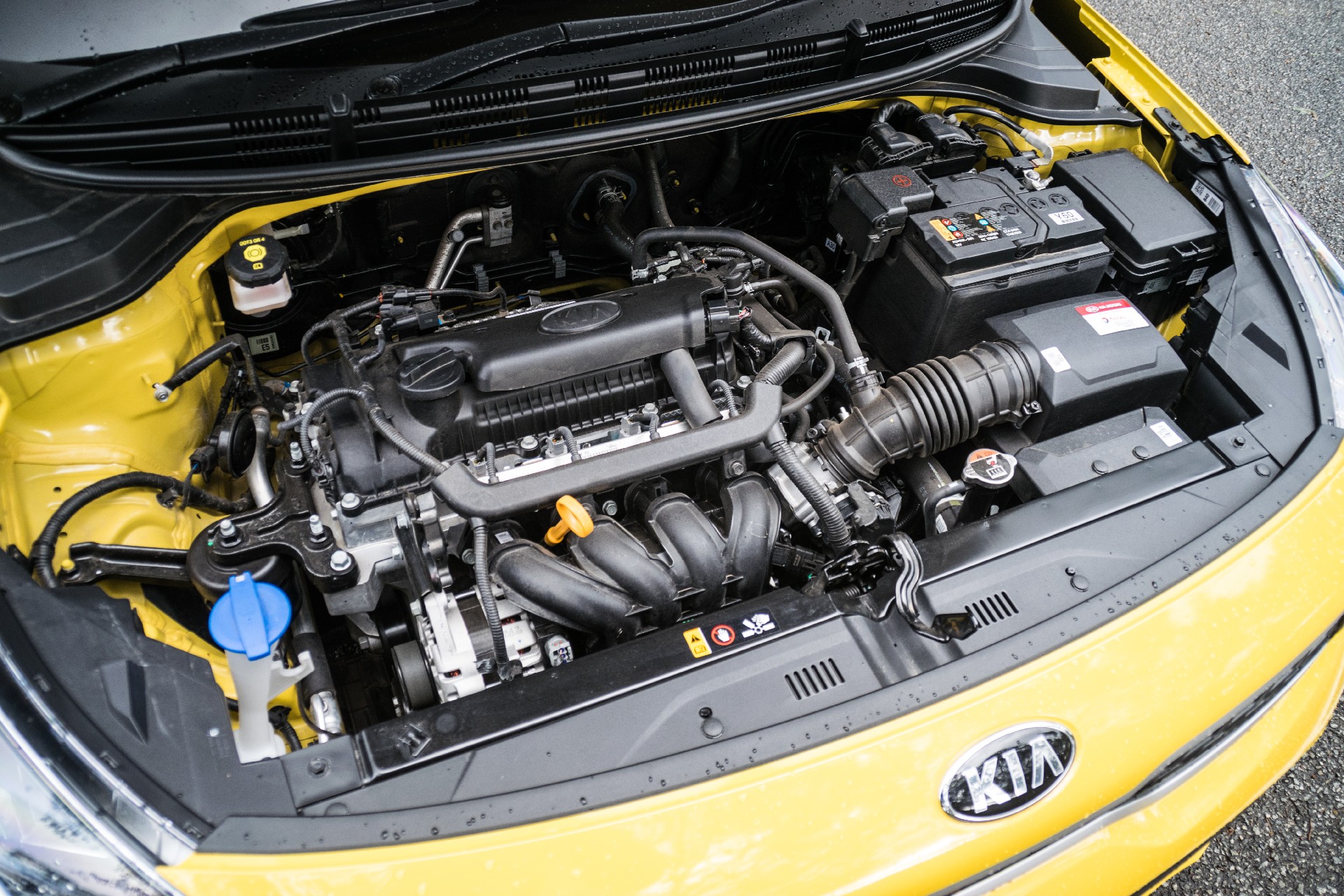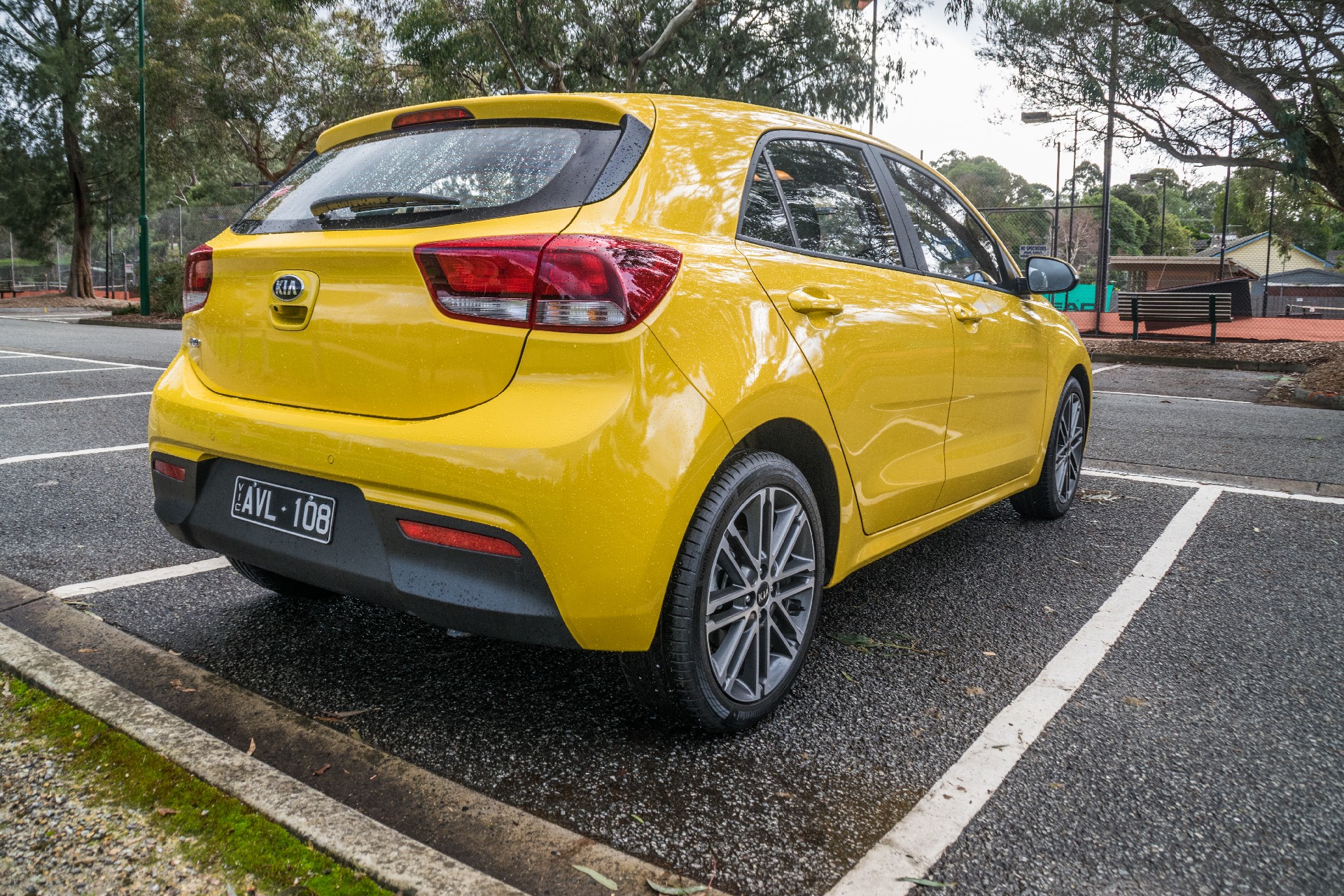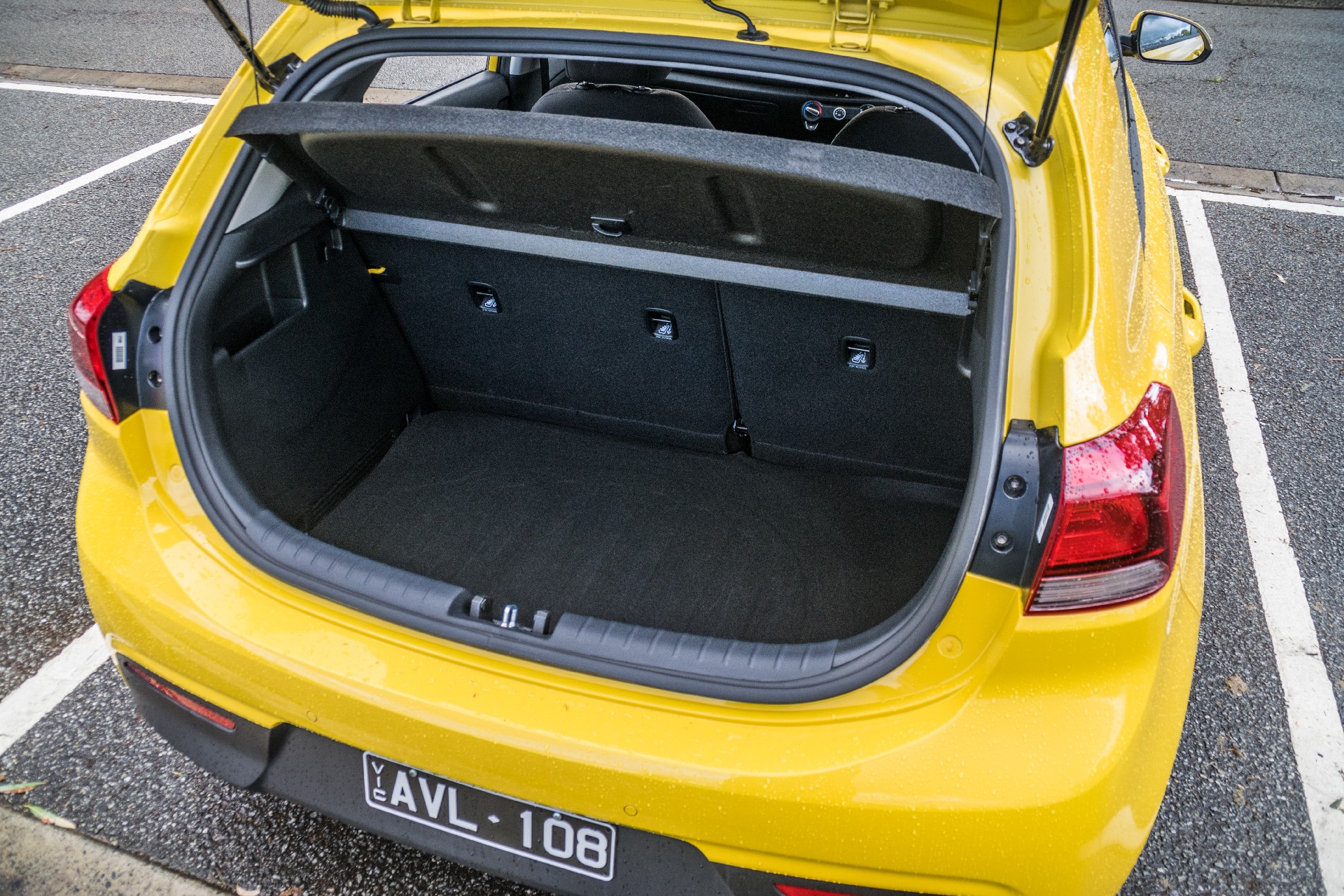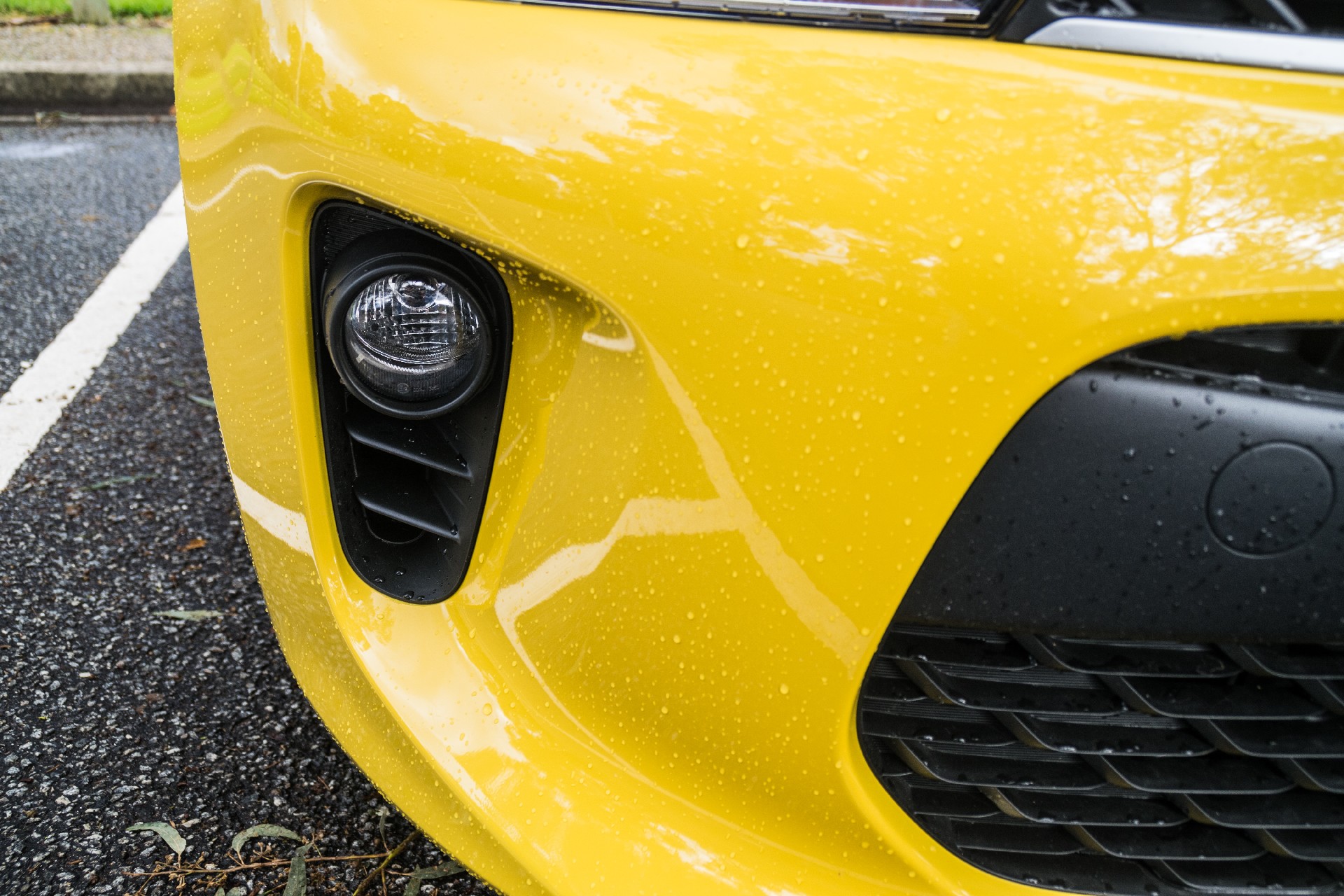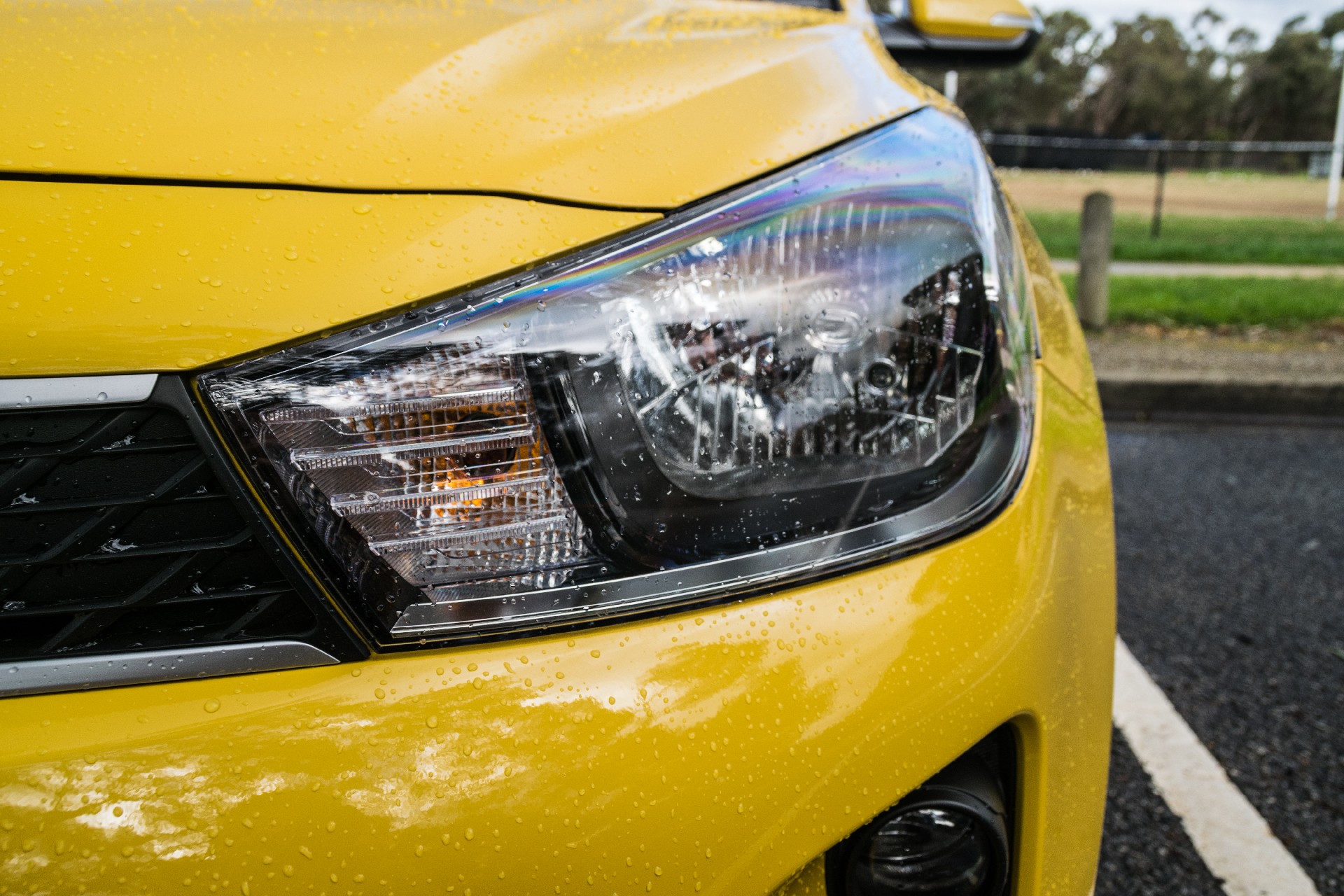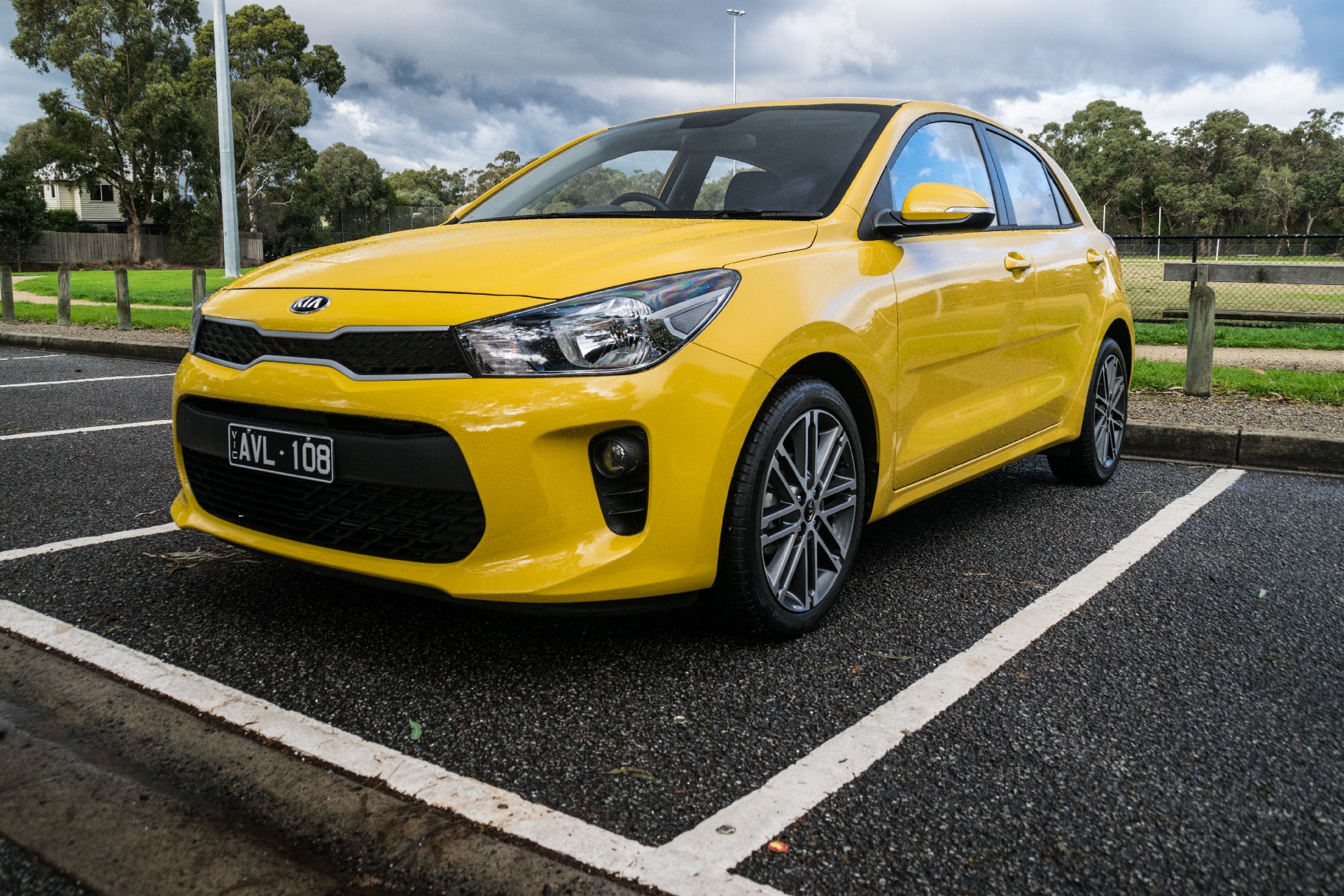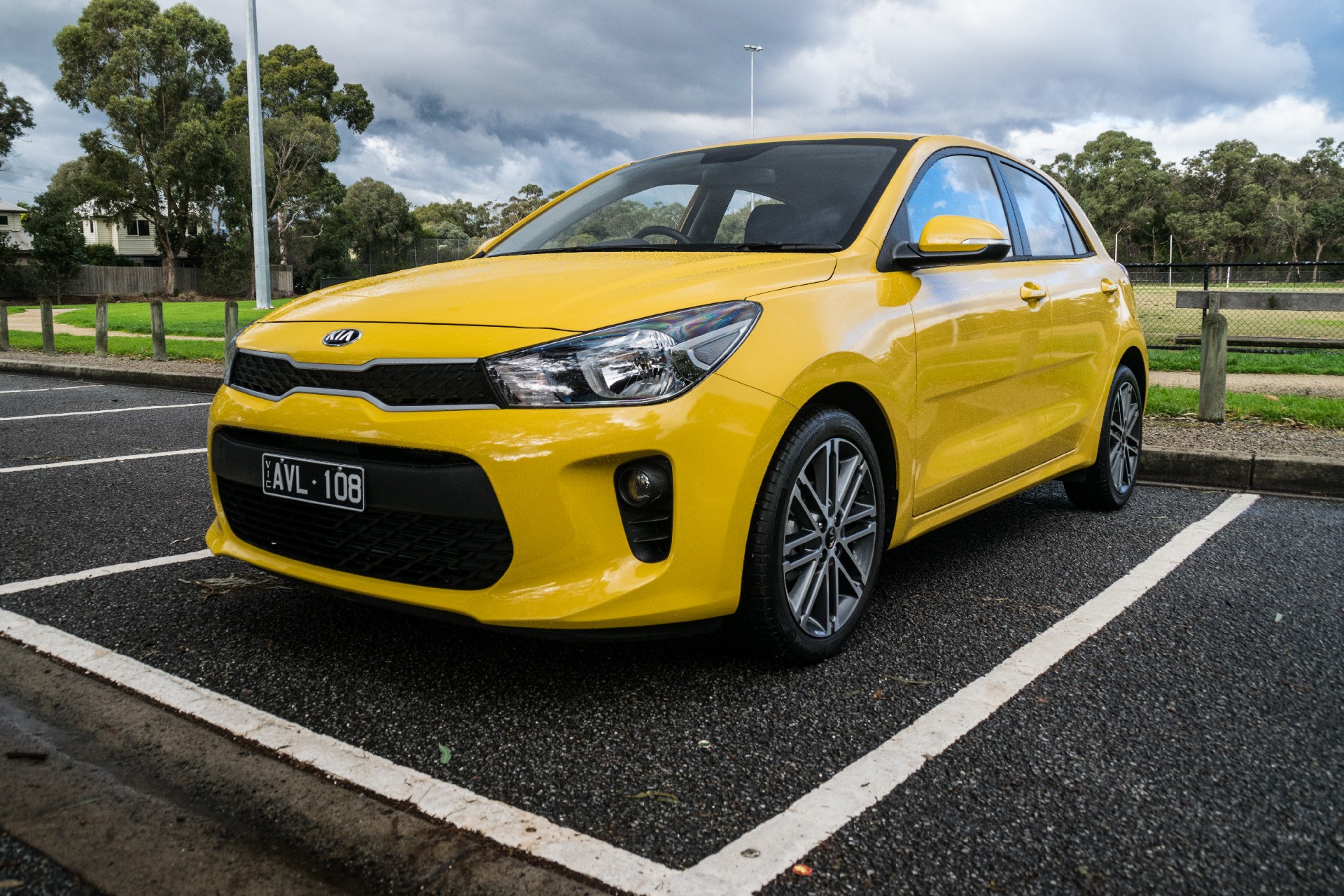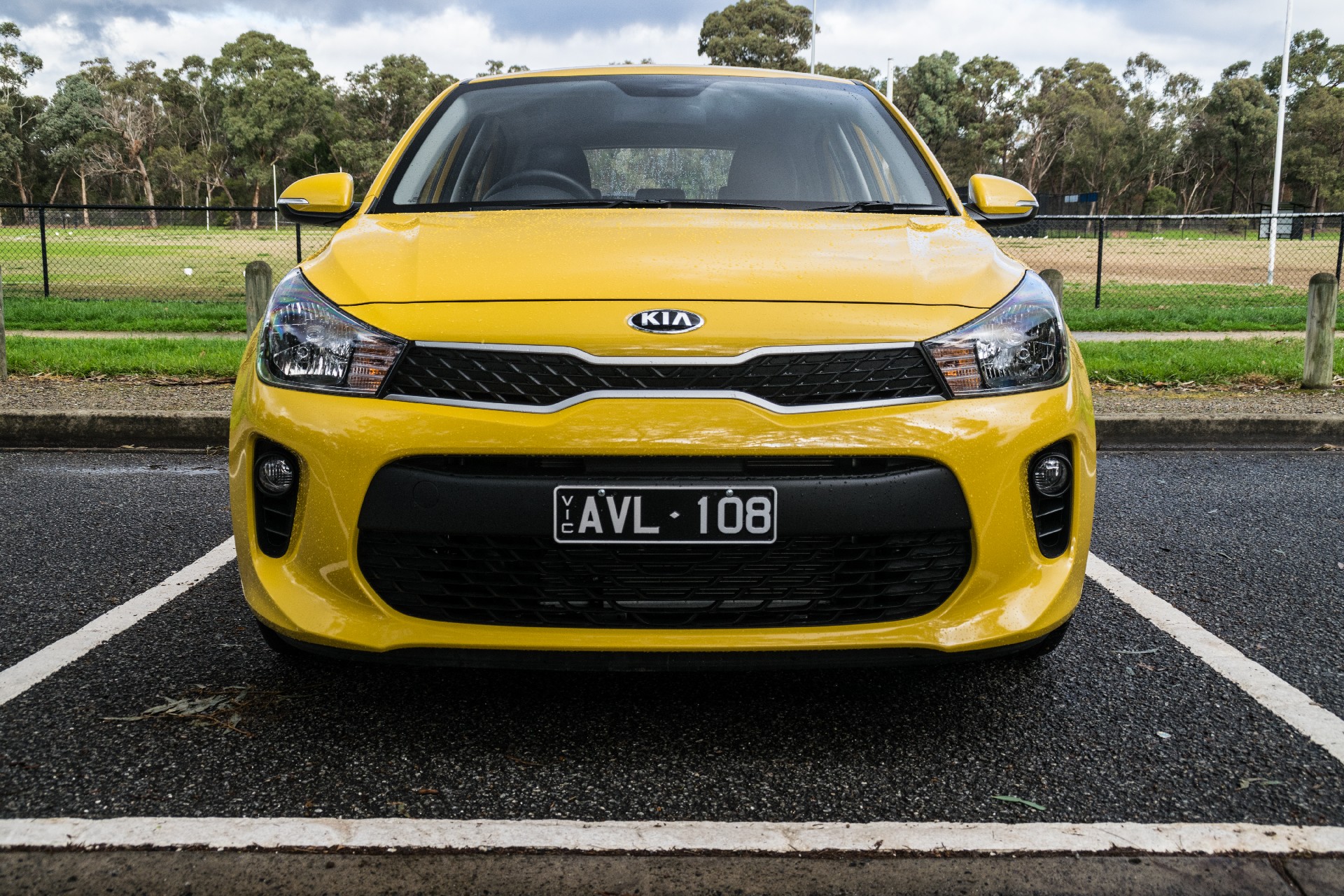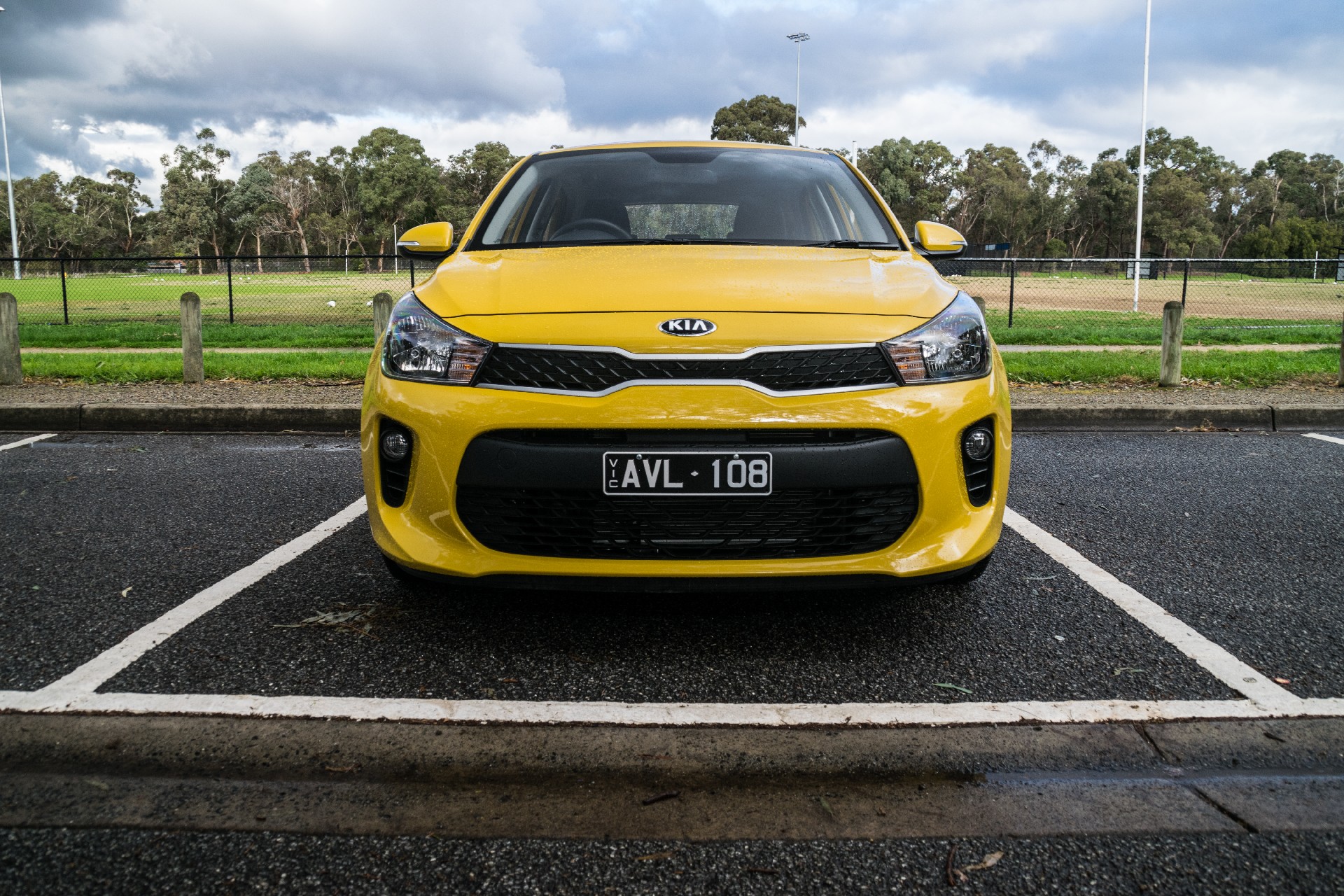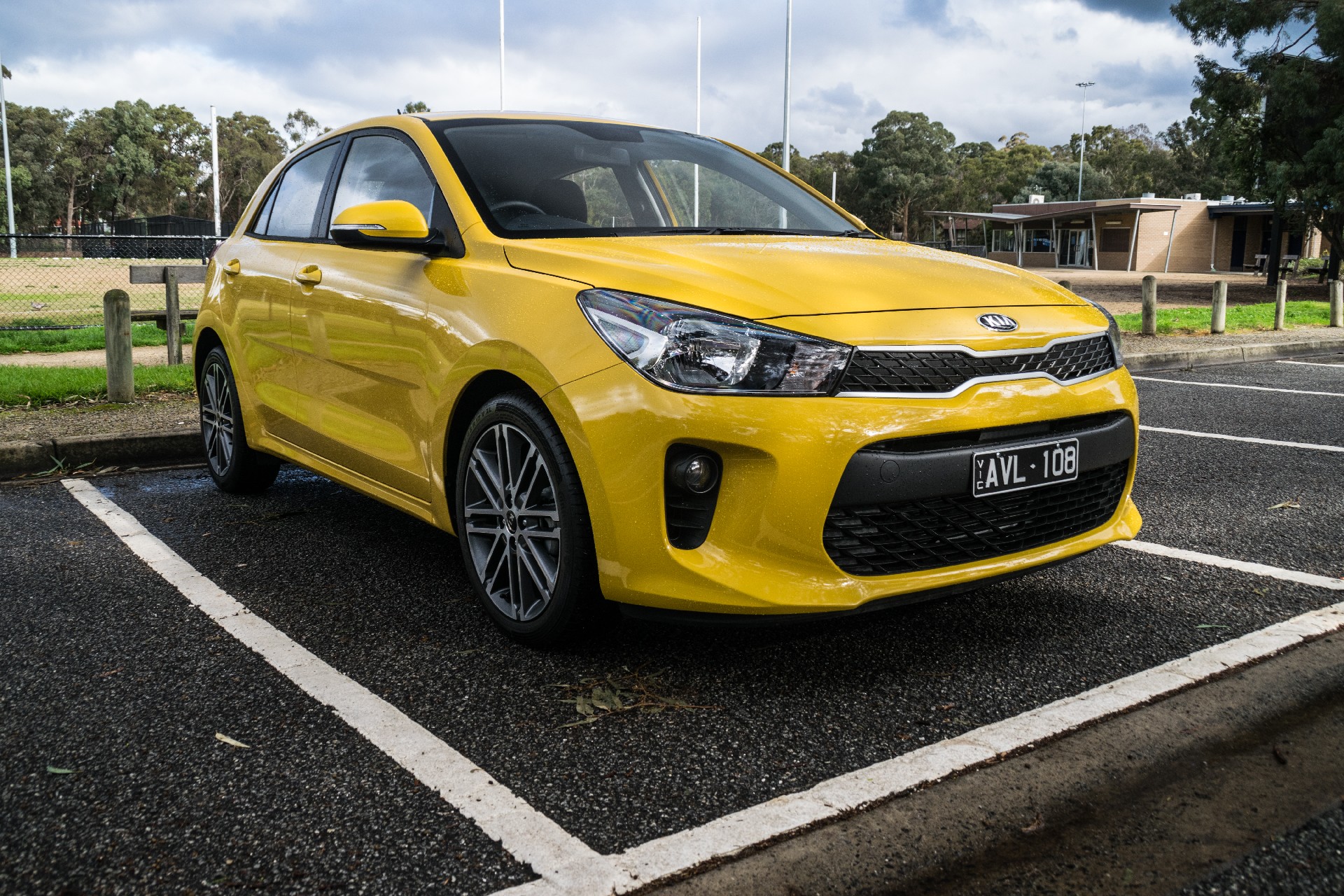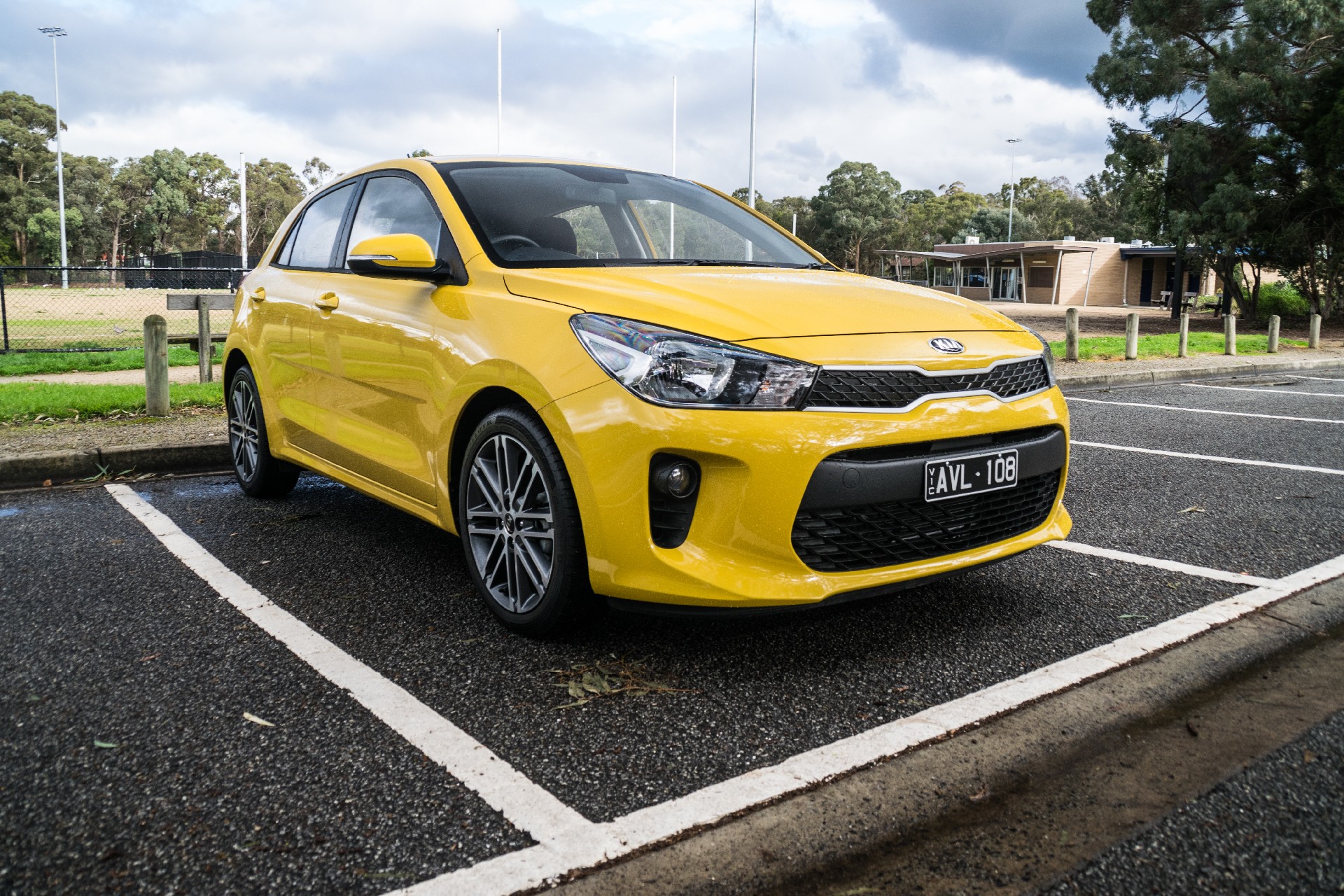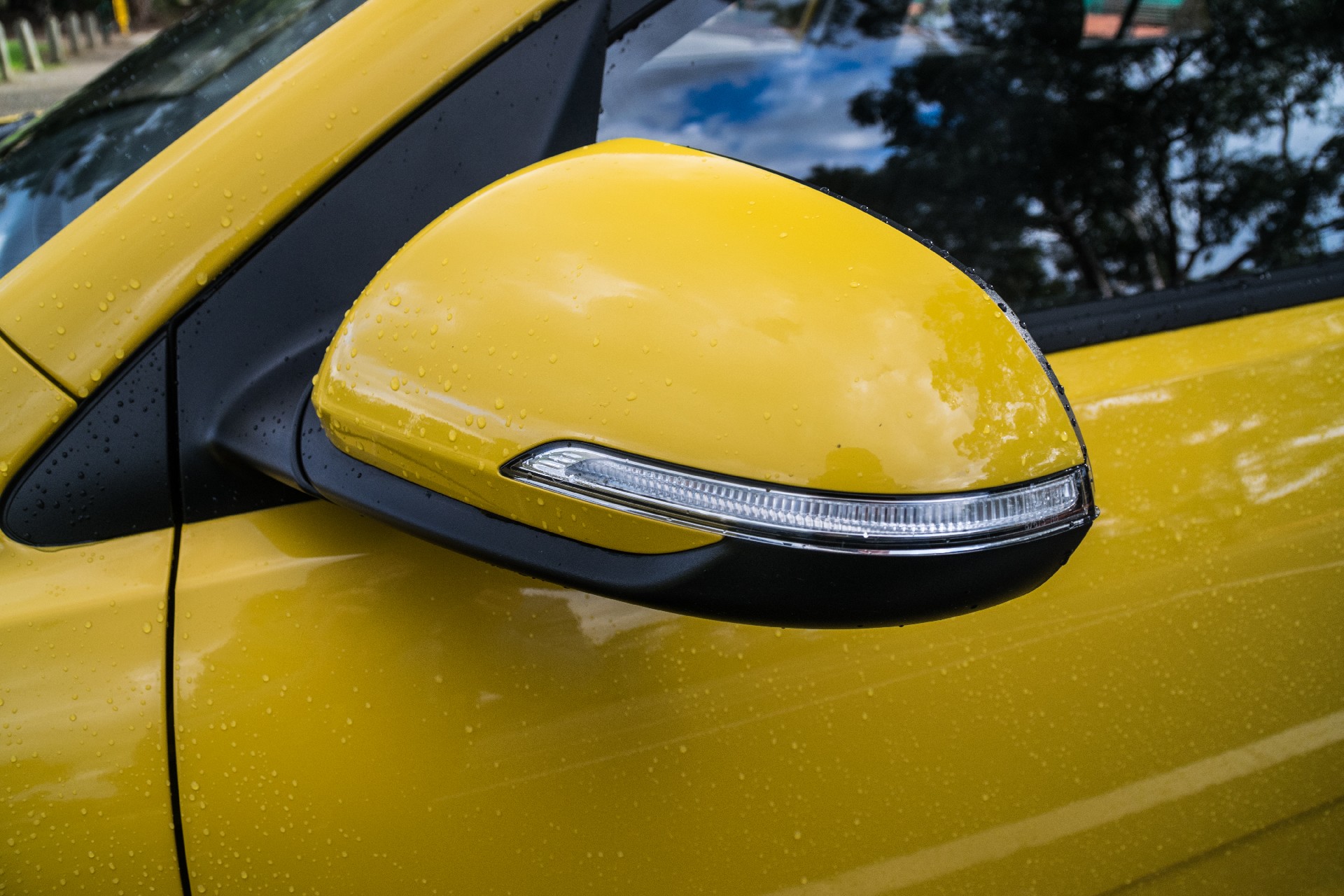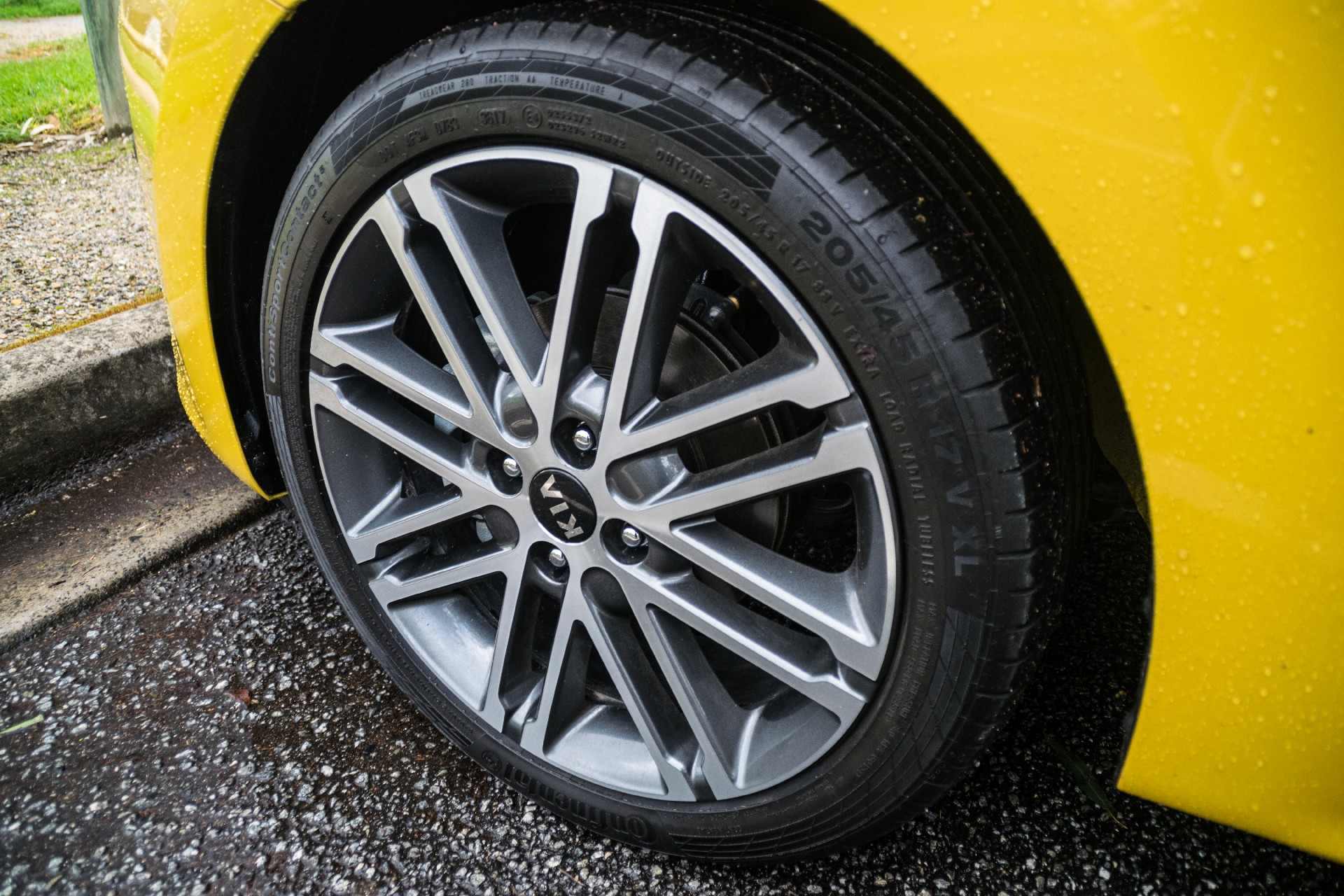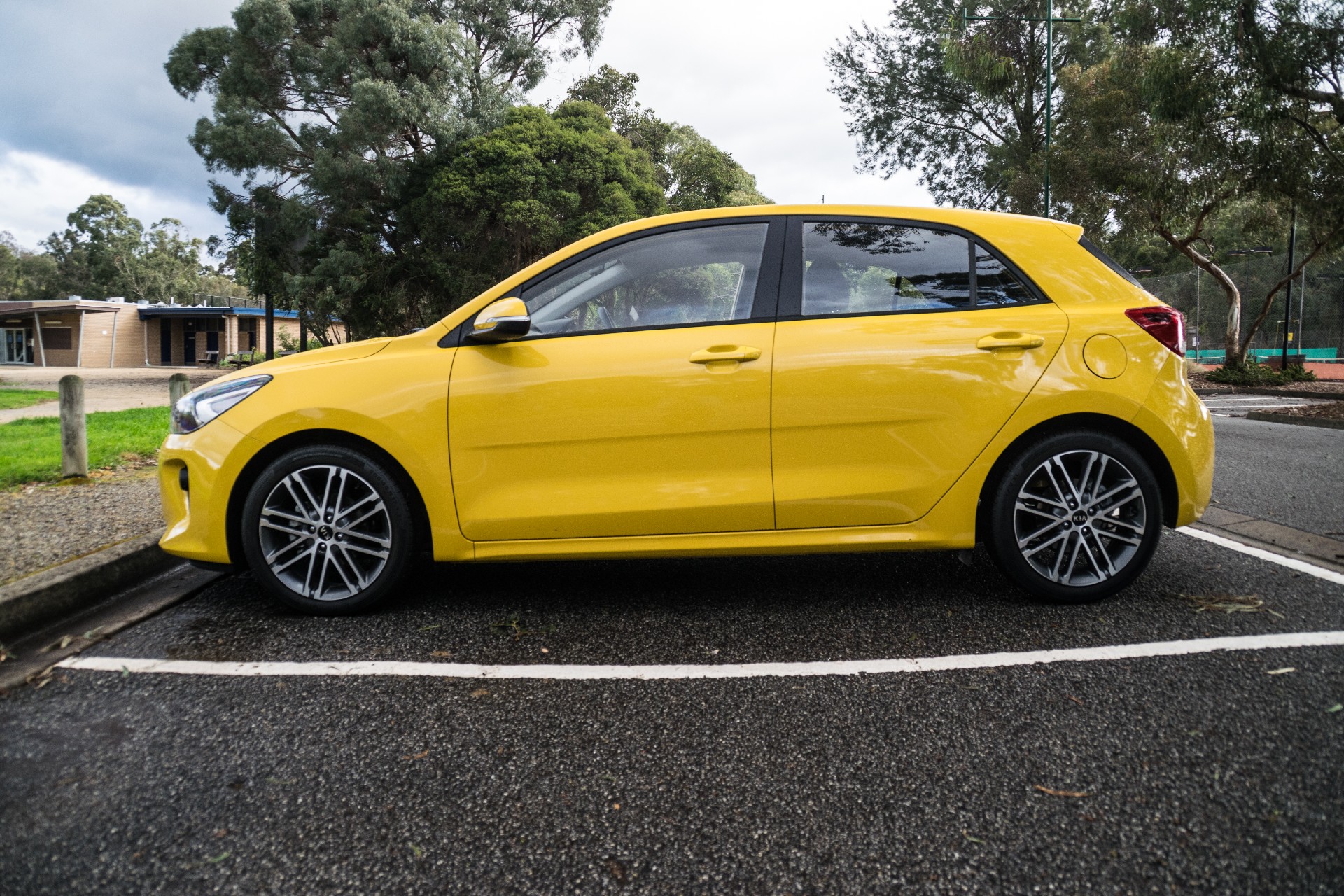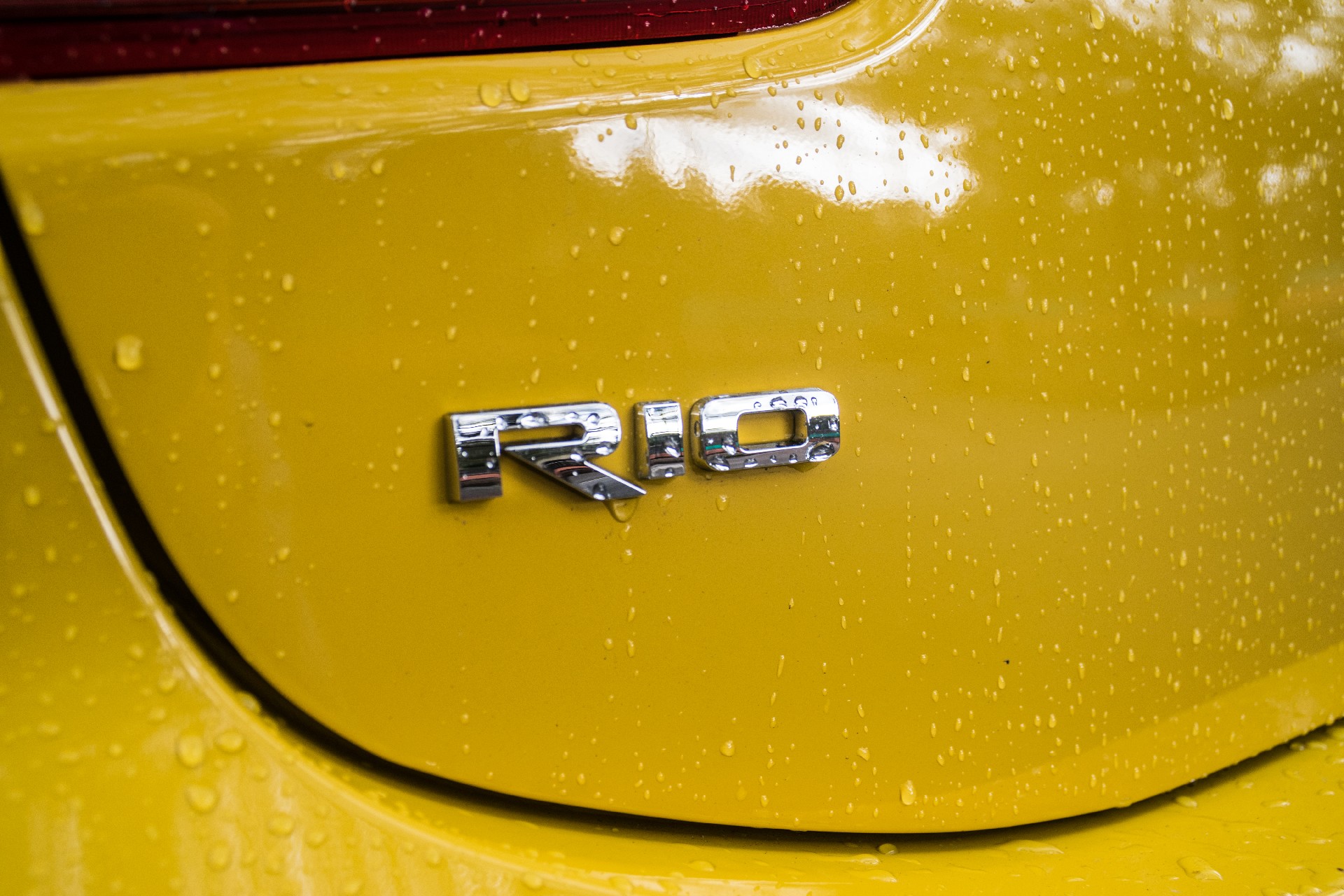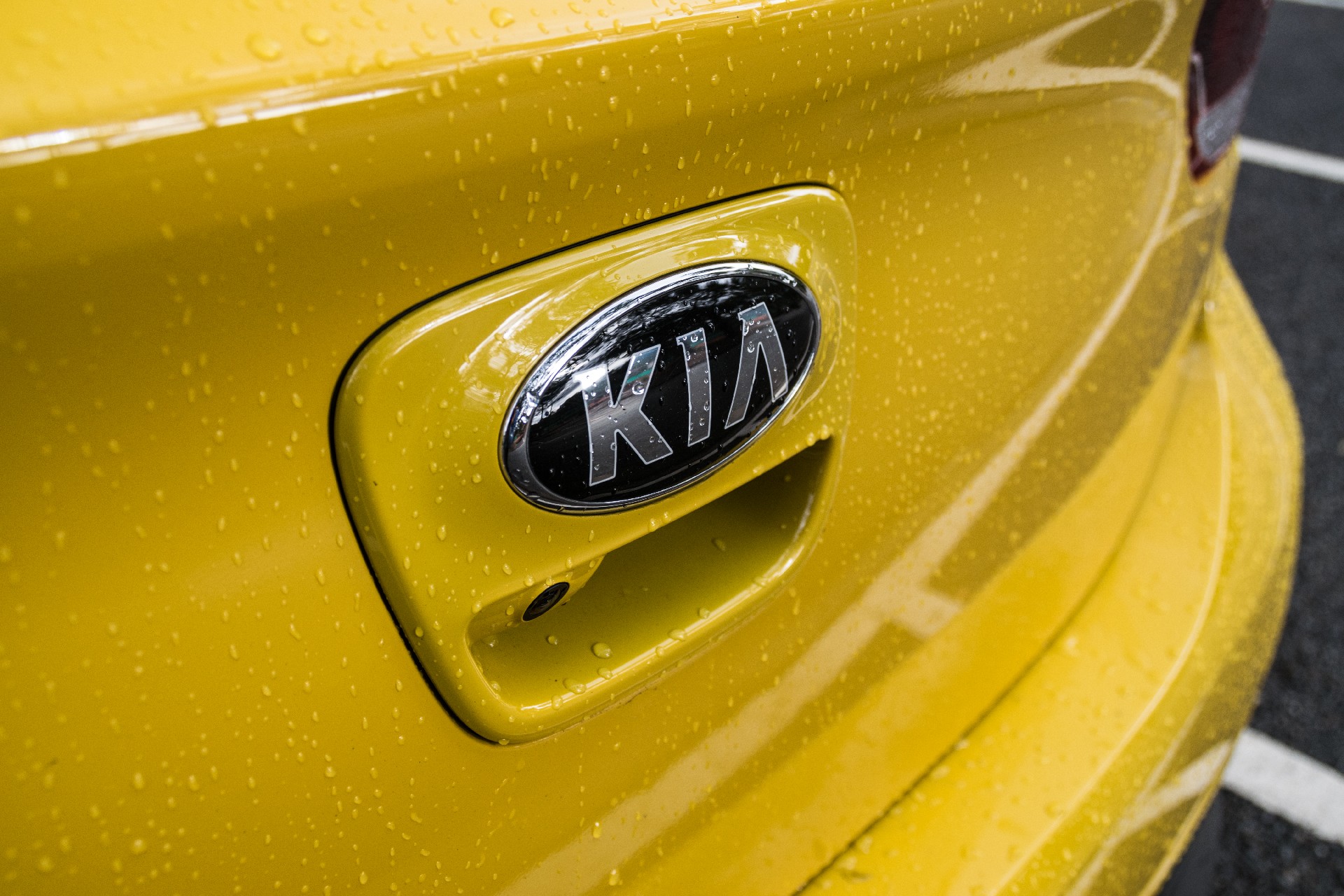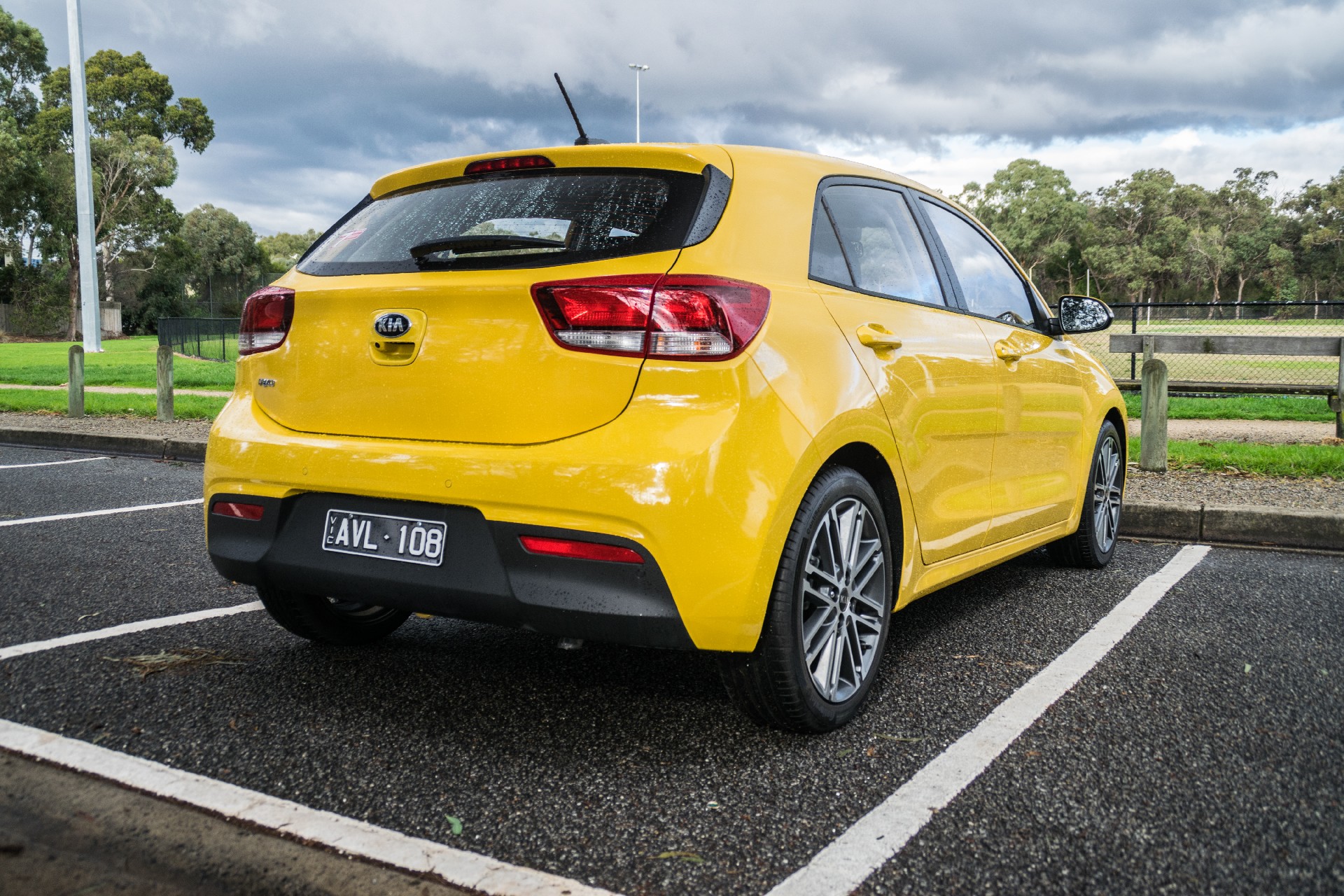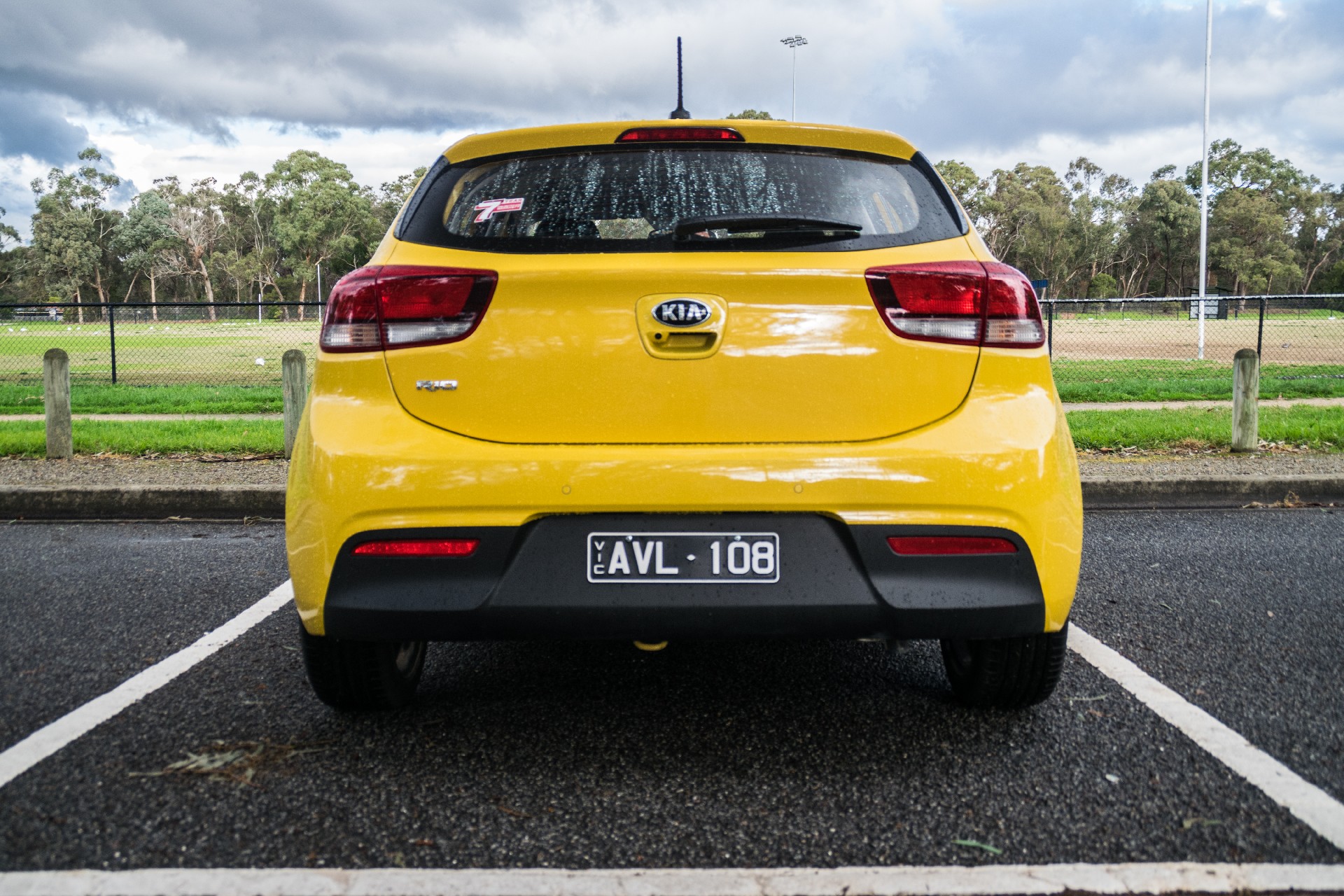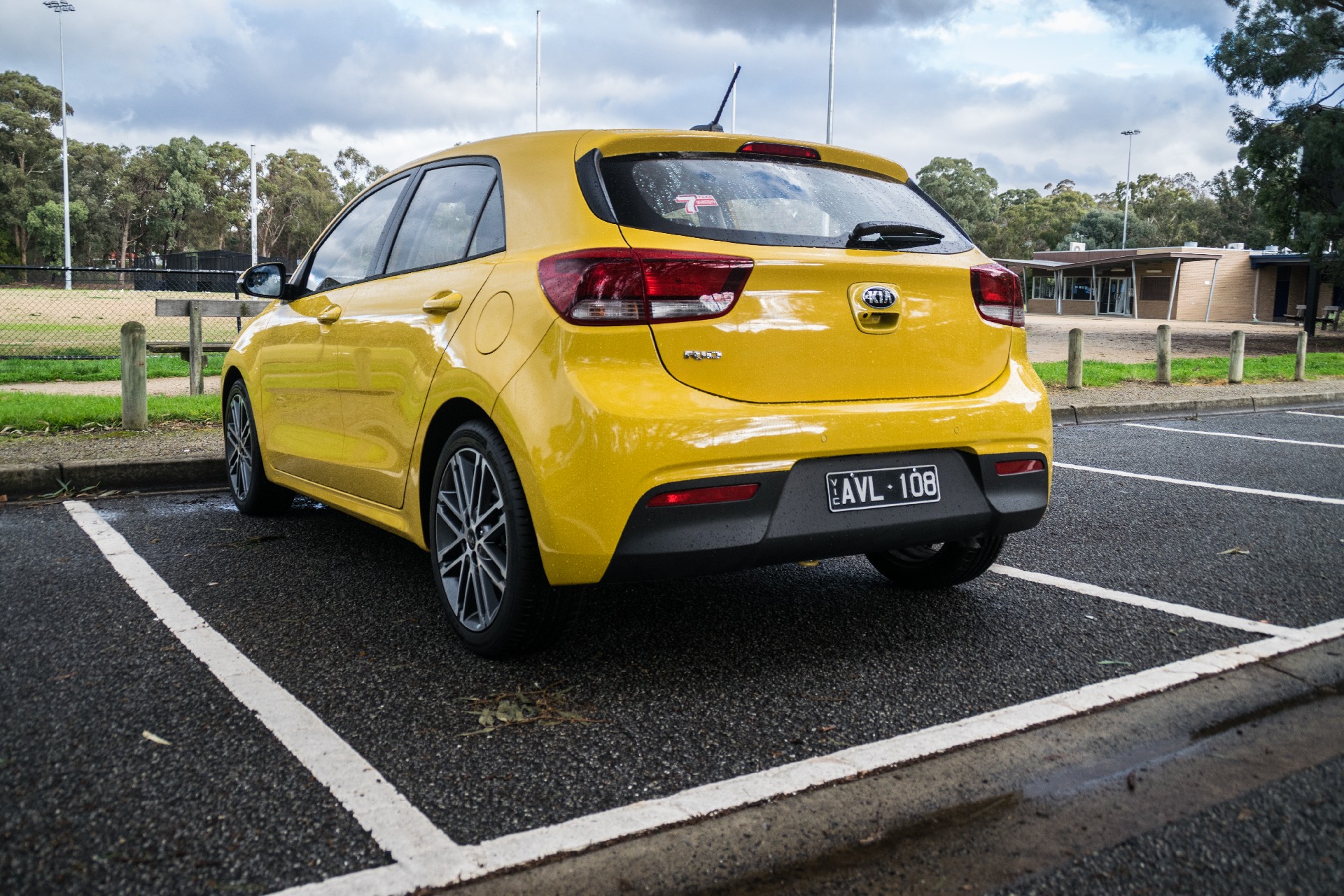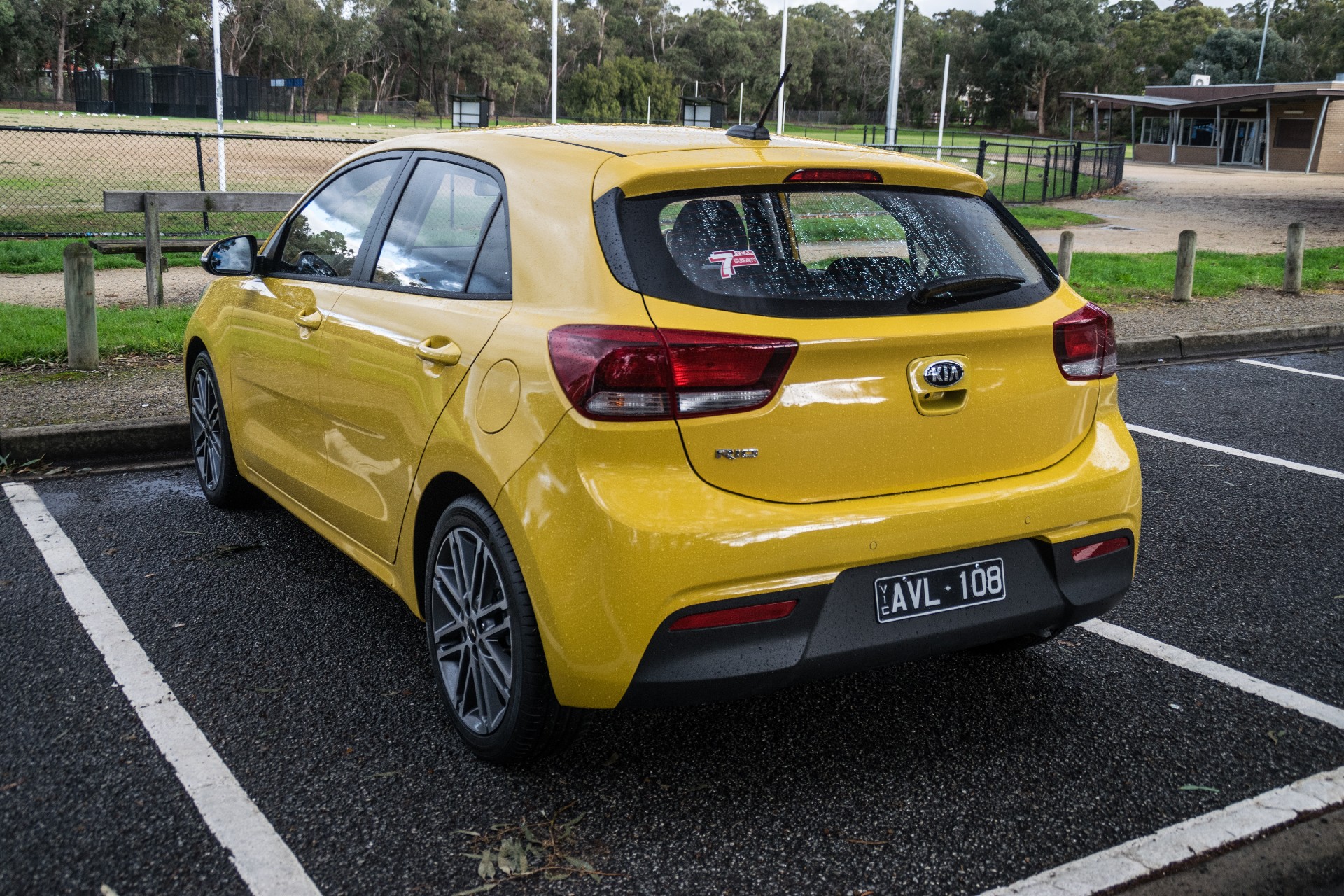In the world of small or subcompact cars, it is difficult to bring together all the features demanded by modern-day car buyers into a compact, user-friendly, good-looking package that is also easy on the wallet.
Asian manufacturers are arguably the masters of making this work, offering an array of choices. It is a fiercely contested part of the market recently spiced up with the arrival of extremely competent models like the second-generation Peugeot 208.
On its part, Kia introduced the fourth-generation Rio at the Paris Motor Show a little under three years ago. It may not look drastically different from its predecessor but it does have a lot going for it, at least on paper. Do the stats reflect reality? To see how one of the segment’s most well-rounded cars performs in 2019, we jumped behind the wheel of the current Rio Sport for a week of testing.
Cute looks and plenty of room
The 2019 Rio is sold in Australia in S, Sport, and GT-Line guises with 1.4-liter and 1.0-liter engines. None of these models are sold in the United States; instead, U.S. buyers only have the option of the Rio S with a 1.6-liter powertrain. As mentioned, the car we tested was the mid-range Sport variant.
Sitting beneath the cute exterior is a 1.4-liter inline-four with 99 HP and 133 Nm (98 lb-ft) of torque. Our test car was equipped with the available six-speed automatic transmission, but should customers prefer to row their own gears, a six-speed manual is available. Power and torque figures aren’t particularly impressive, but it’s worth keeping in mind that this is a very small car so it doesn’t need much grunt.
The Rio measures 4,065 mm (160 inches) long, 1,725 mm (67.9 inches) wide, and 1450 mm (57 inches) tall and has a 2,580 mm (101-inch) wheelbase. With the rear seats in their upright position, you get 325 liters of luggage space, and with them folded down, this increases to a generous 980 liters.
Our test car consumes a claimed 6.0-liters of fuel per 100 km (or 39 U.S. mpg), including 7.8-liters/100 km (30 U.S. mpg) during urban running. This is roughly on par with competitors and, even more importantly, in line with the figures we saw. But it’s not the most fuel-efficient model in the Rio family. That title is held by the GT-Line, whose turbocharged three-pot sips just 5.4 liters per 100 km (43 U.S. mpg) on the combined cycle. And it does this all while being the most powerful variant in the range with 118 HP and 117 Nm (126 lb-ft).
A surprisingly nice cabin
The first thing you notice when you step into the Rio Sport is how surprisingly well-appointed the interior is. Sitting in the center of the dashboard is a large 7.0-inch infotainment system which is very responsive to the touch and has an easy-to-learn menu system. It also includes Apple CarPlay and Android Auto, features which are becoming increasingly common across the industry but are not to be sneezed at, especially since they are still absent in some premium cars (cough, cough Lexus).
The materials used are also quite nice. The gear selector and shifter boot are finished in leather and the plastics are of decent quality, while rear passenger room is surprisingly impressive, even for taller passengers.
Lackluster engine, nice ‘box
As soon as I depressed the accelerator, I was quite shocked at how loud the engine is. Refinement is not a word which pops into your head when accelerating in the Rio Sport. The engine delivers its power in a linear manner, which is nice, but when you exceed 4,000 rpm on the way to the 6,500 rpm redline, the engine begins to drone. It’s not the worst offender, but it doesn’t go unnoticed either.
While the engine itself is somewhat lackluster, the six-speed automatic transmission is snappy. Slot it into manual mode and you can push the gear lever forward or backward and do the shifting yourself. This provides quick changes and we’re told that it is a much nicer transmission than the four-speed auto sold with the entry-level Rio S.
The steering, though, is light. Like, very light, but is a joy to use through small and tight city streets. It is an electric power steering system and, for 90 per cent of the time, it is all you could ask for. However, it would be nice if Kia tuned it to have slightly more weight at highway speeds.
Not perfect, still good enough
Among the key safety features of the Rio Sport are ABS, electronic stability control, Kia’s vehicle management system, and hill-start assist control. Certain models also get autonomous emergency braking with a forward collision warning system and lane keeping assist, and “our” car also had reverse parking sensors and a rear-view camera with parking guidelines.
At the end of the day, the Kio Rio Sport is a simple car which checks all the boxes for smooth and comfortable driving. It’s not exciting so the ‘Sport’ badge is somewhat of a misnomer, but for first-time car-buyers, those looking to downsize, or consumers simply looking for an affordable runabout, the Rio ticks almost all of the boxes.



